Women in STEM
Filling the STEM pipeline - enhancing student engagement in STEM
Einstein-First and Quantum Girls Officially Launching "Powers of the Universe", An exciting approach to enriching school Mathematics & Quantum Explorers STEM clubs across Australia
Our STEM Champion speakers
Five World-Renowned Scientists Share Their Journey as they highlight the importance of understanding physics in todays world.
School Physics in Crisis
Numbers Crisis and Gender Crisis - Physics Enrolments Plummet
Evidence-based Solutions in the Pipeline
Physics is the core subject of STEM technology. All the technologies we use from our phones to the internet and medical imaging devices are based on quantum physics.
Despite this, enrolments in Year 12 Physics are collapsing. What is the cause?
Old fashioned, out-dated curriculum in middle school turns students away
Exciting and relevant topics are not within the scope of the current curriculum
Shortage of qualified teachers with the knowledge and confidence to inspire students
The amazing revelations of physics are not part of the primary-middle school curriculum.
In short, the school physics curriculum was designed for 19th century science and it is not fit for purpose in the 21st century. “School physics education is caught in a loop because most teachers have not learnt modern Einsteinian concepts” states Emeritus Prof David Blair, leader of Einstein-First.
The latest data shows a catastrophic decline in physics enrolments and a persistent and increasing gender gap.
The total number of girls taking physics has halved from 1,142 in 2015 to 579 in 2023.
Total physics enrolments have fallen to 60% from almost 4000 in 2015 to about 2400 in 2015.
The fraction of girls taking physics dropped from about 30% in 2015 to 23% in 2023. The gender gap is widening!
At the current rate of decline the number of girls studying physics will have fallen to zero in 2032, and just a few boys.
This decline is happening at just the time we need more STEM trained scientists for the energy transition, for space science, for quantum computers and for nuclear submarines.
Physics is the foundation for medical science from ultrasounds to MRIs, cancer diagnosis and treatment. Physics underpins engineering and computer science. The internet is powered by photon physics, and our electronic devices and computers are powered by semiconductor physics. Revolutionary quantum computers are being created by physicists, while solar energy is about the physics of photons and semiconductors.
Chemistry, the science that underpins everything from mineral extraction and refining to medicines and pollution measurements is also in serious decline,showing a 50% reduction in the proportion of students in the year cohort studying Year 12 Chemistry since 2015.
Three major initiatives led by UWA are focussed on addressing the decline in student interest in physics
1. Einstein-First: catching students interest when they are young.
Using toys and games, children are learning about Einstein’s discoveries from Year 3. By Year 6 they are uncovering the basic physics of climate science and in middle school they are learning about solar panels, quantum computers, black holes and the birth of the universe.
Einstein-First has proved it’s programs can reverse the declining interest of teenage students. All students’ attitudes to physics are boosted, and girls reach parity with the boys as shown in the histogram below.
Einstein-First is currently running in more than 50 primary and secondary schools in WA, 3 Victorian schools and outback indigenous schools in Queensland.
Percentage of Year 9 student who agree that “I think physics is interesting”
Note the big boost in girls’ attitudes.
2. Teacher Training with Micro-credential courses
Most science teachers lack confidence to teach modern physics because they did not learn it during their own education and training. UWA has created special courses called Einsteinian Physics for Primary and Secondary School Teachers.
This year almost 100 teachers will be upskilled in modern physics.
Almost all teachers who take the program say they are now confident in teaching modern concepts and most are already teaching it in school.
Teachers without any science background quickly gain the confidence to teach the specially designed Einstein-First programs.
3. Quantum Girls aims to improve female students' attitudes towards STEM
a) Quantum Girls STEM Clubs and Hackathons
A program for schools and teachers to introduce the excitement of quantum science and quantum computers.
Lunch time and after school activities that can be run by teachers, parents or other volunteers with no prior training.
Brings modern science into the school using fun activities and role models.
Participation in hackathons to inspire creativit
b) Maths for Einstein’s Universe: Powers of the Universe
A comic-inspired activity book powered by students and helped by AI.
Students use Google’s AI to help them put the entire universe into a single book.
We claim it is the first logarithmic book in the universe! Its page numbers are powers of ten.
Students learn to think in powers of ten and locate everything from the smallest sub-atomic particle to the whole of the universe inside the book. They discover the extraordinary power of maths and learn how to estimate anything.

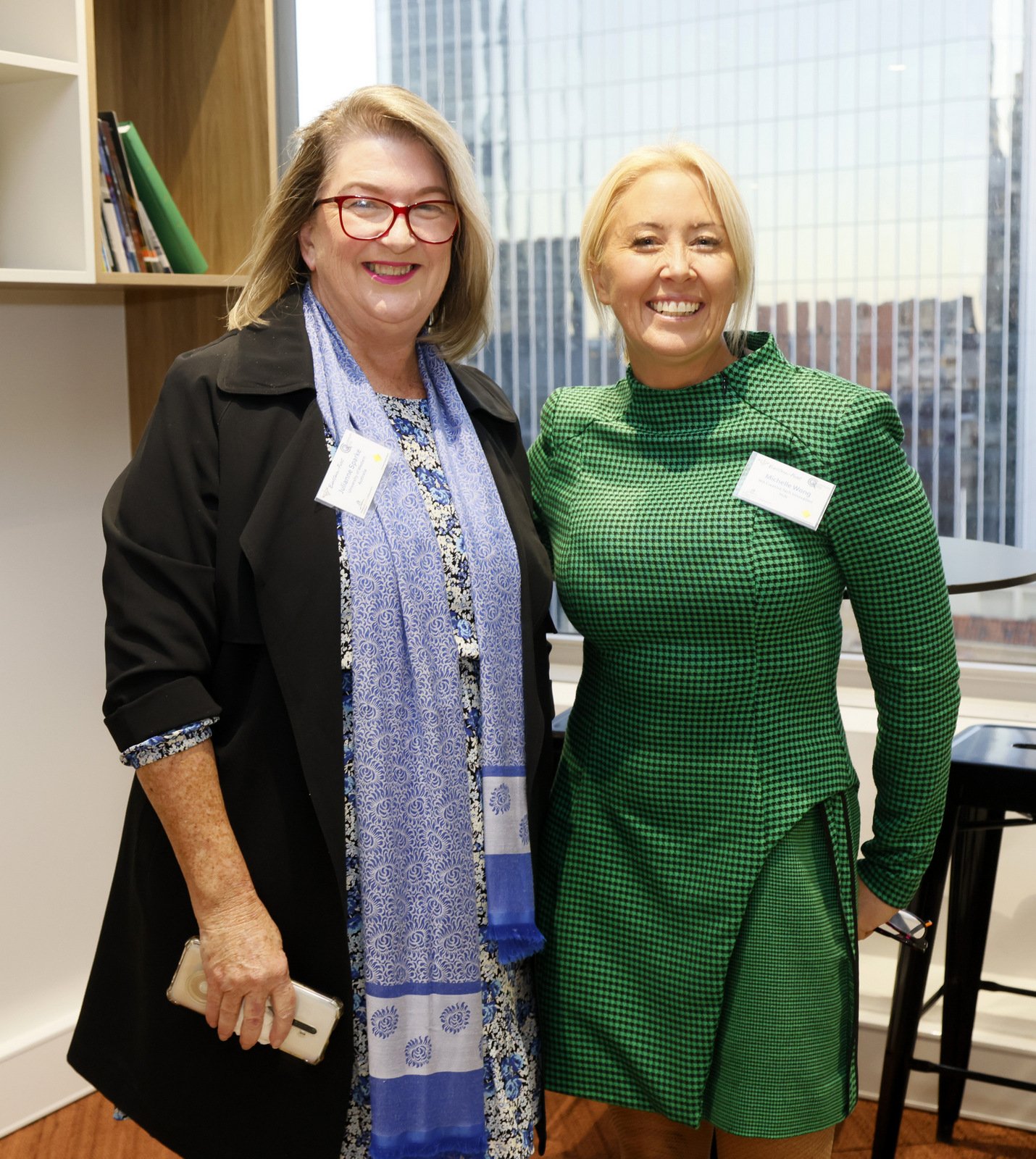


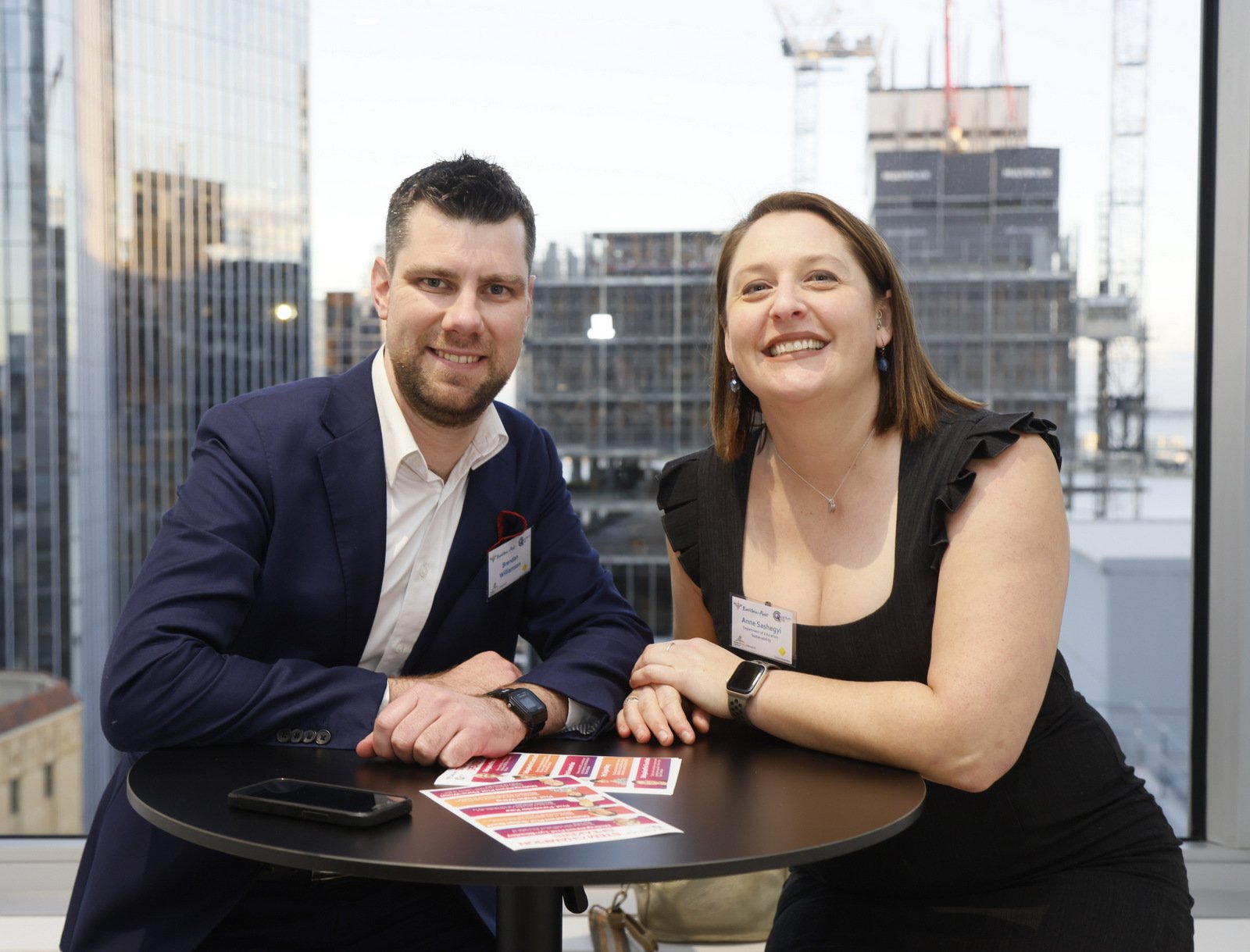



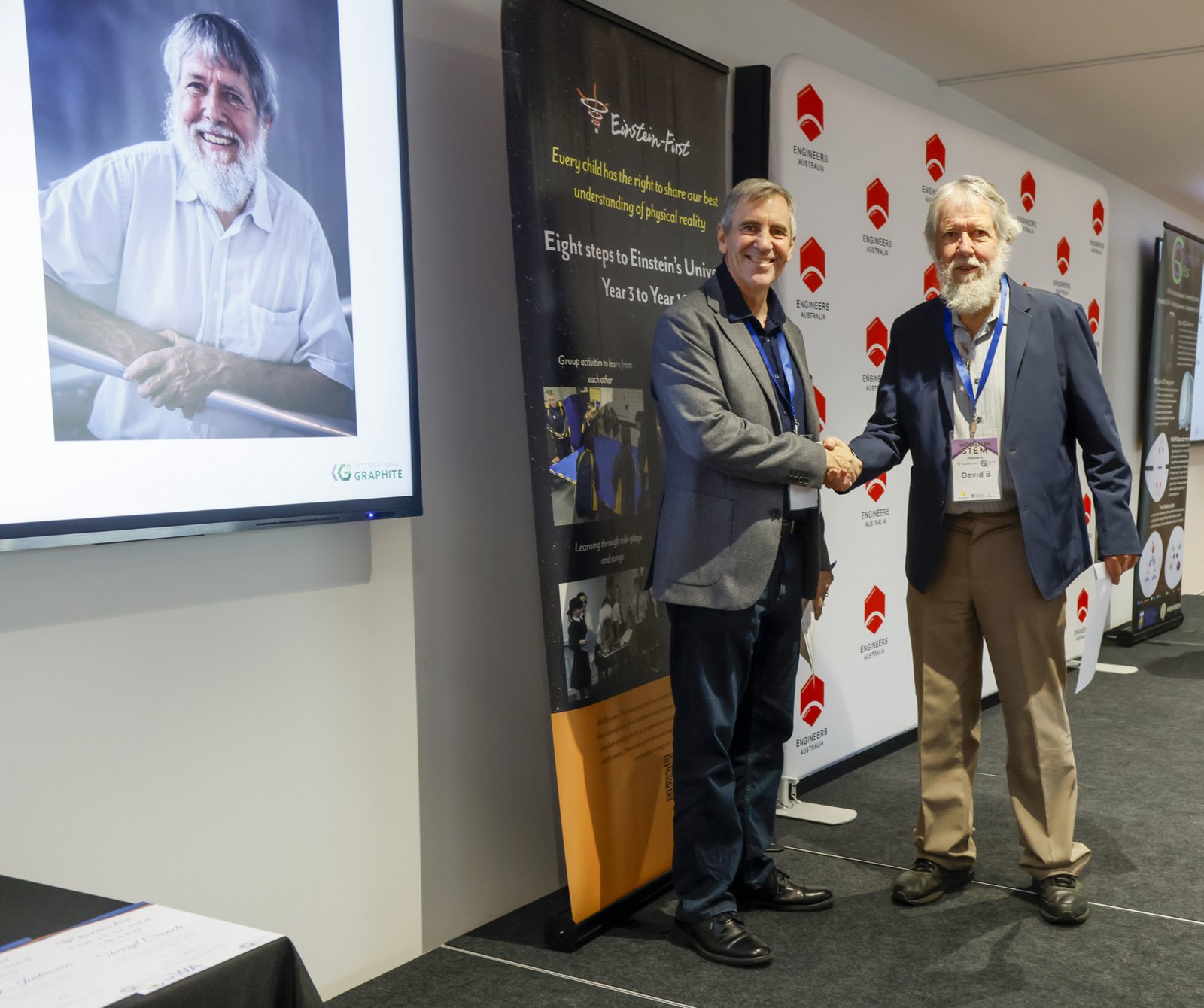

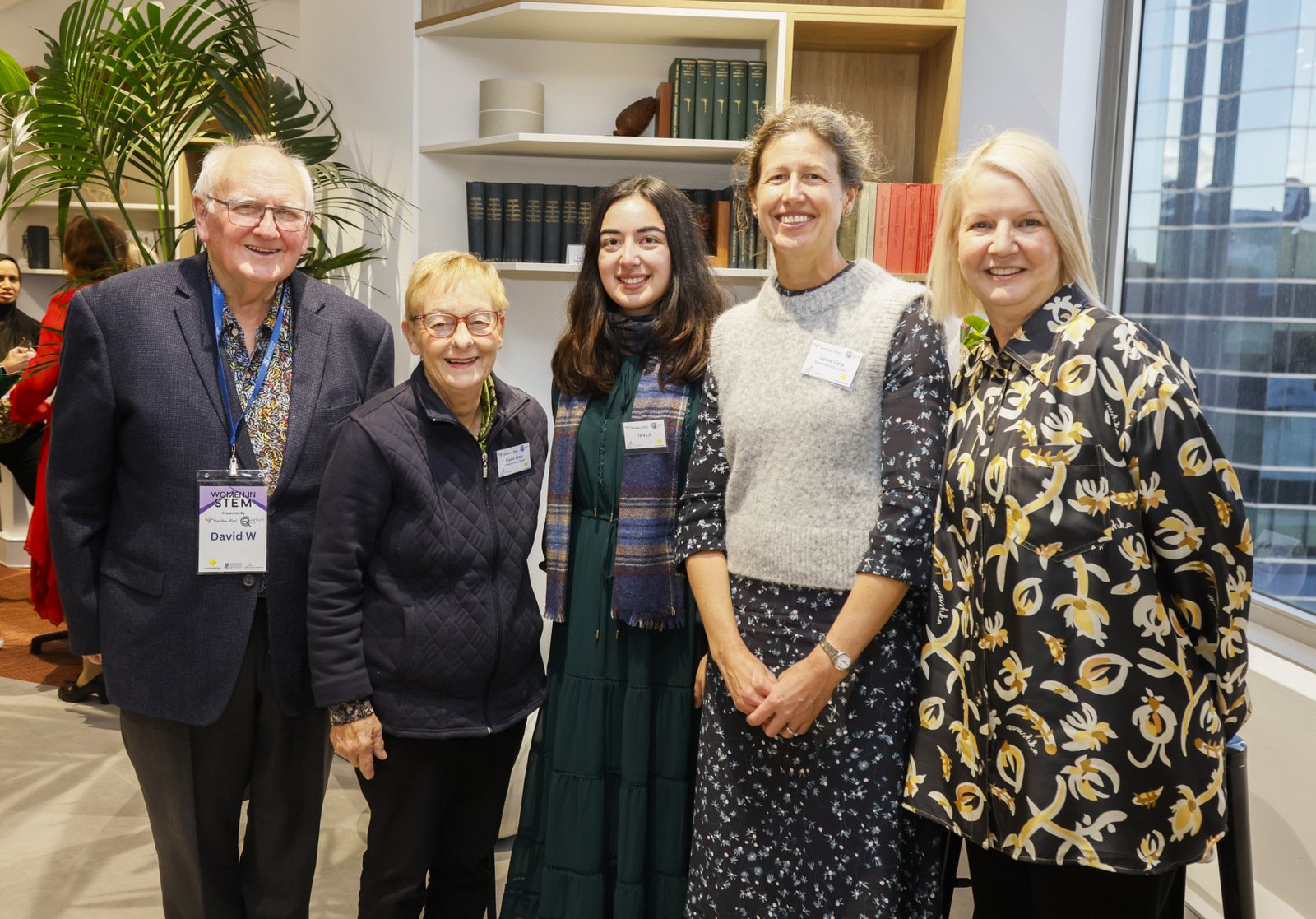
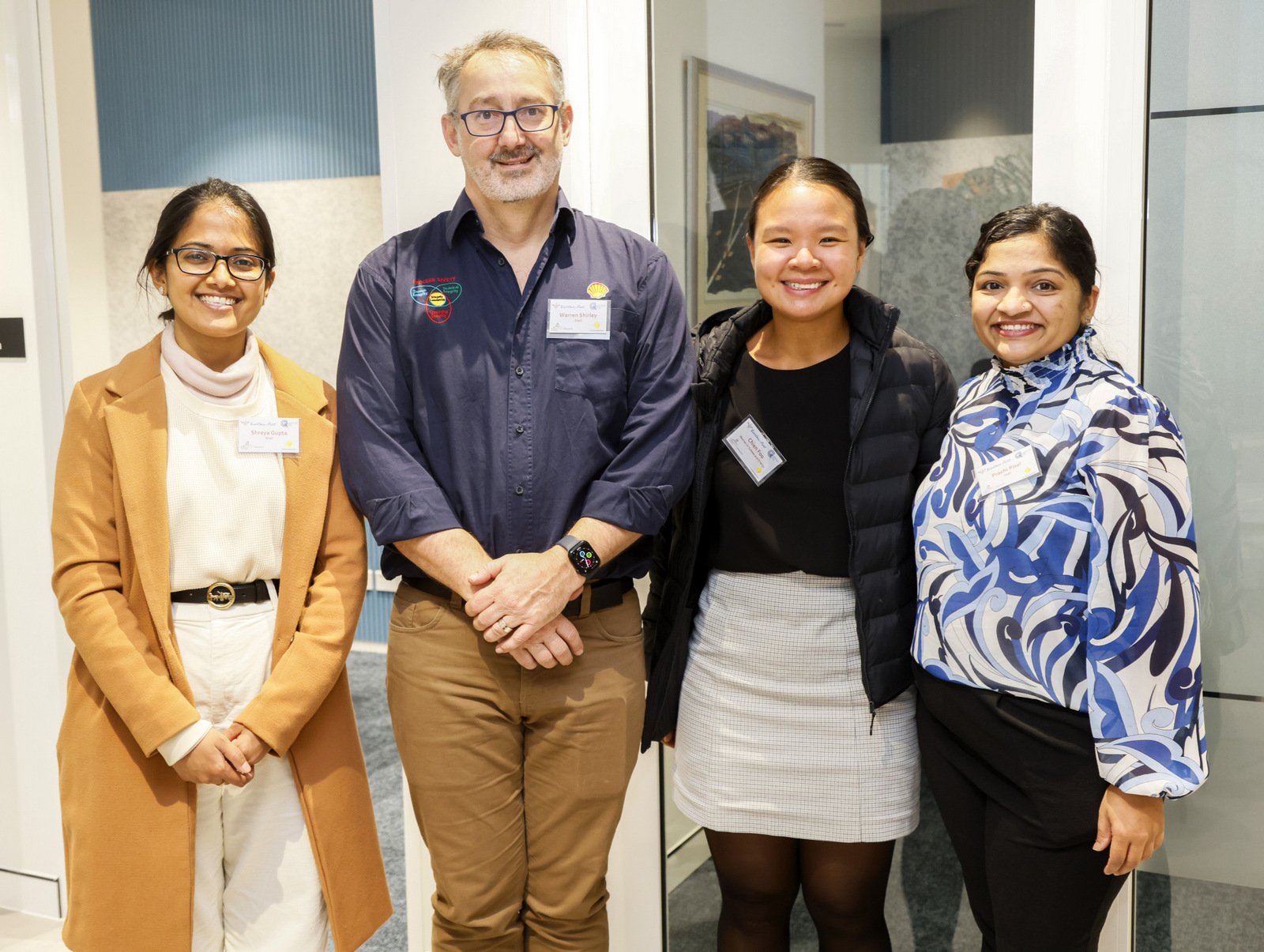

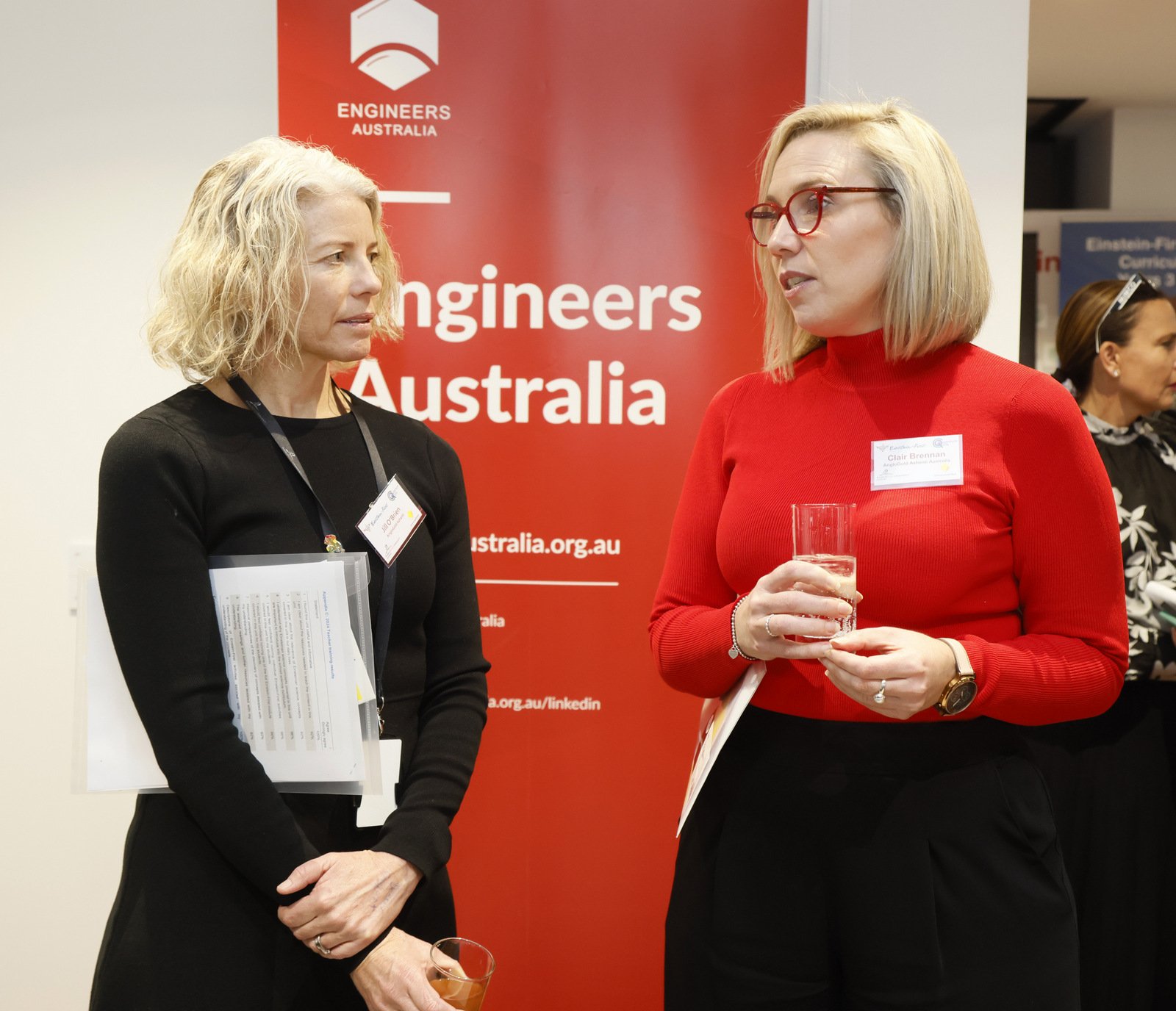

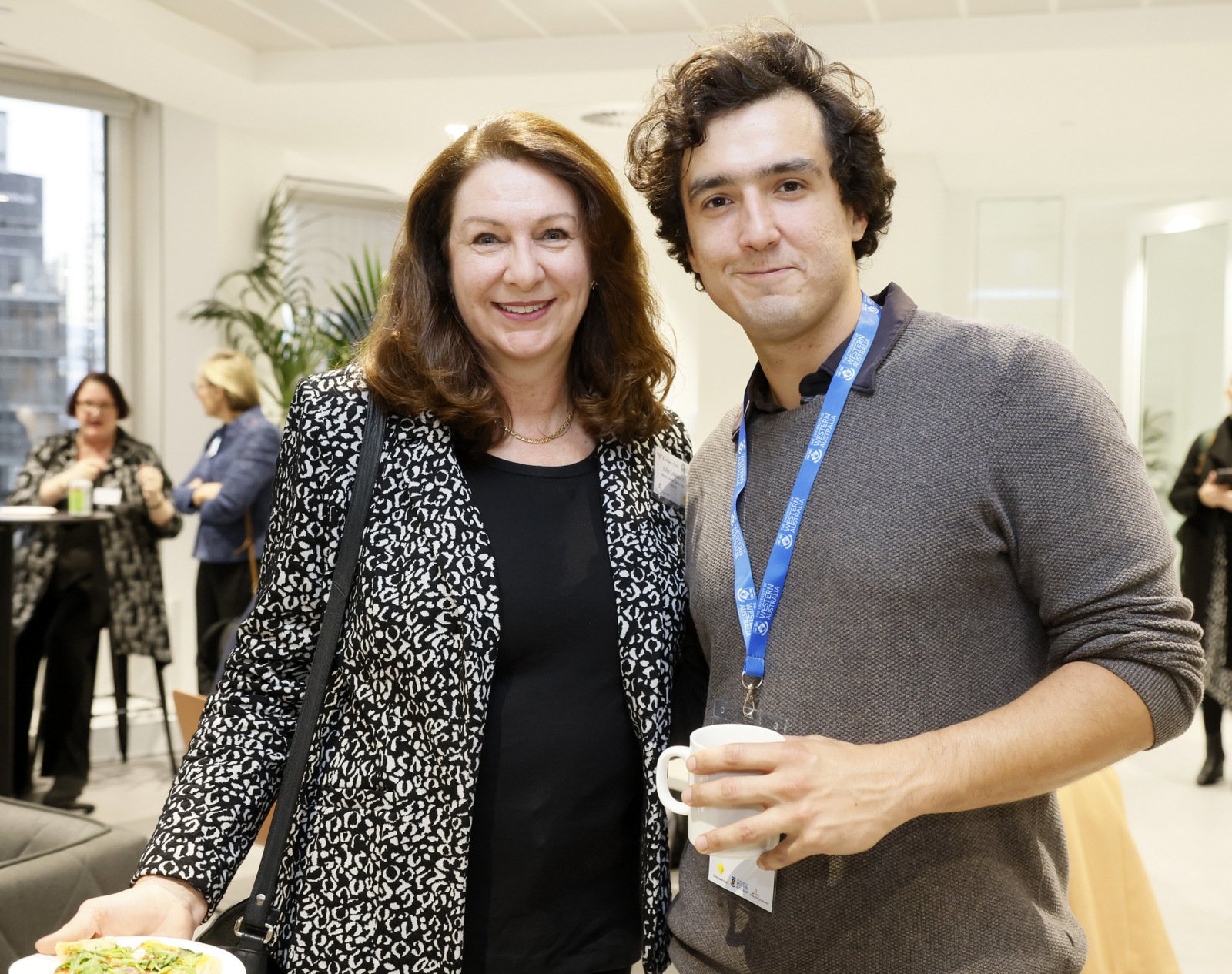
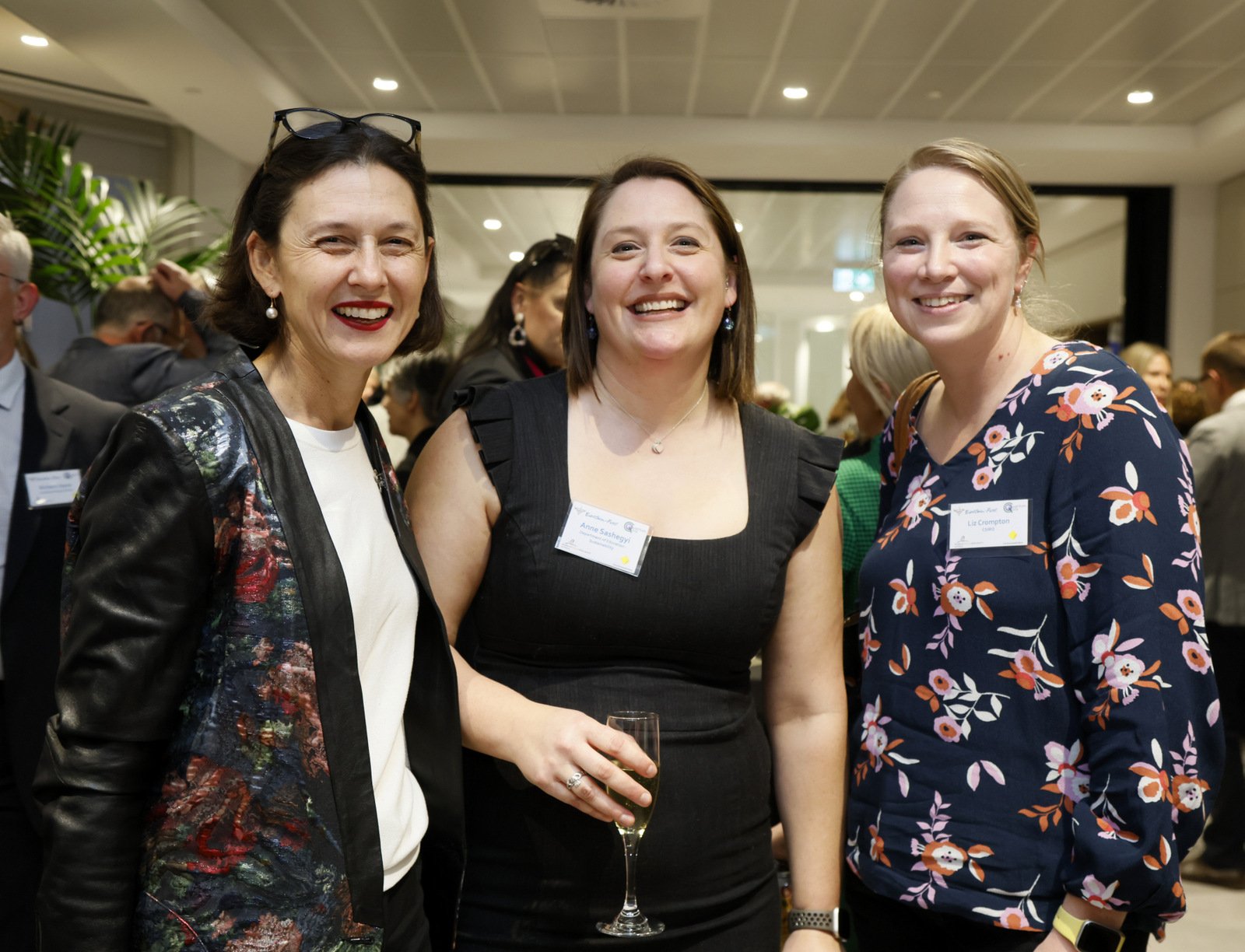
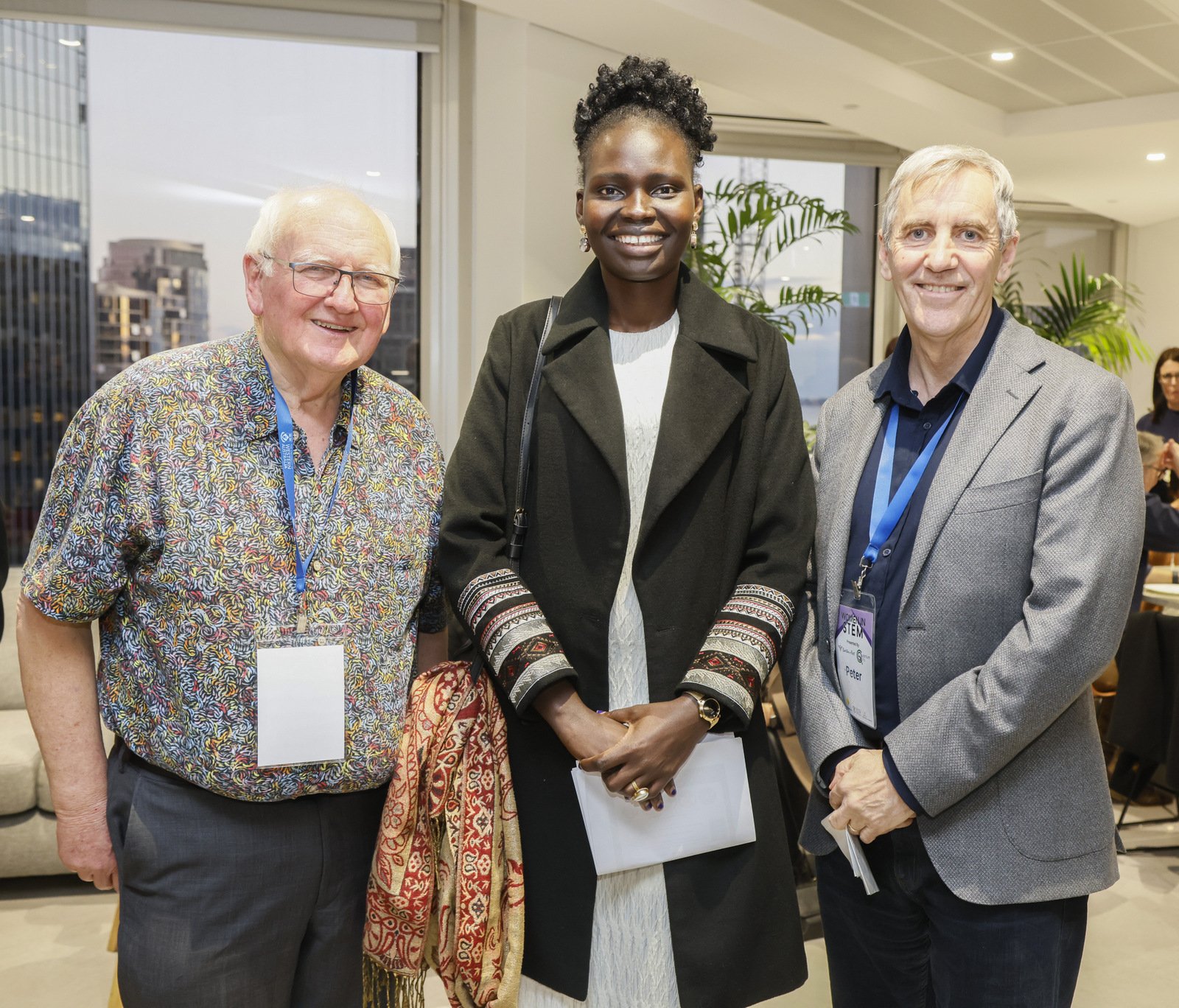
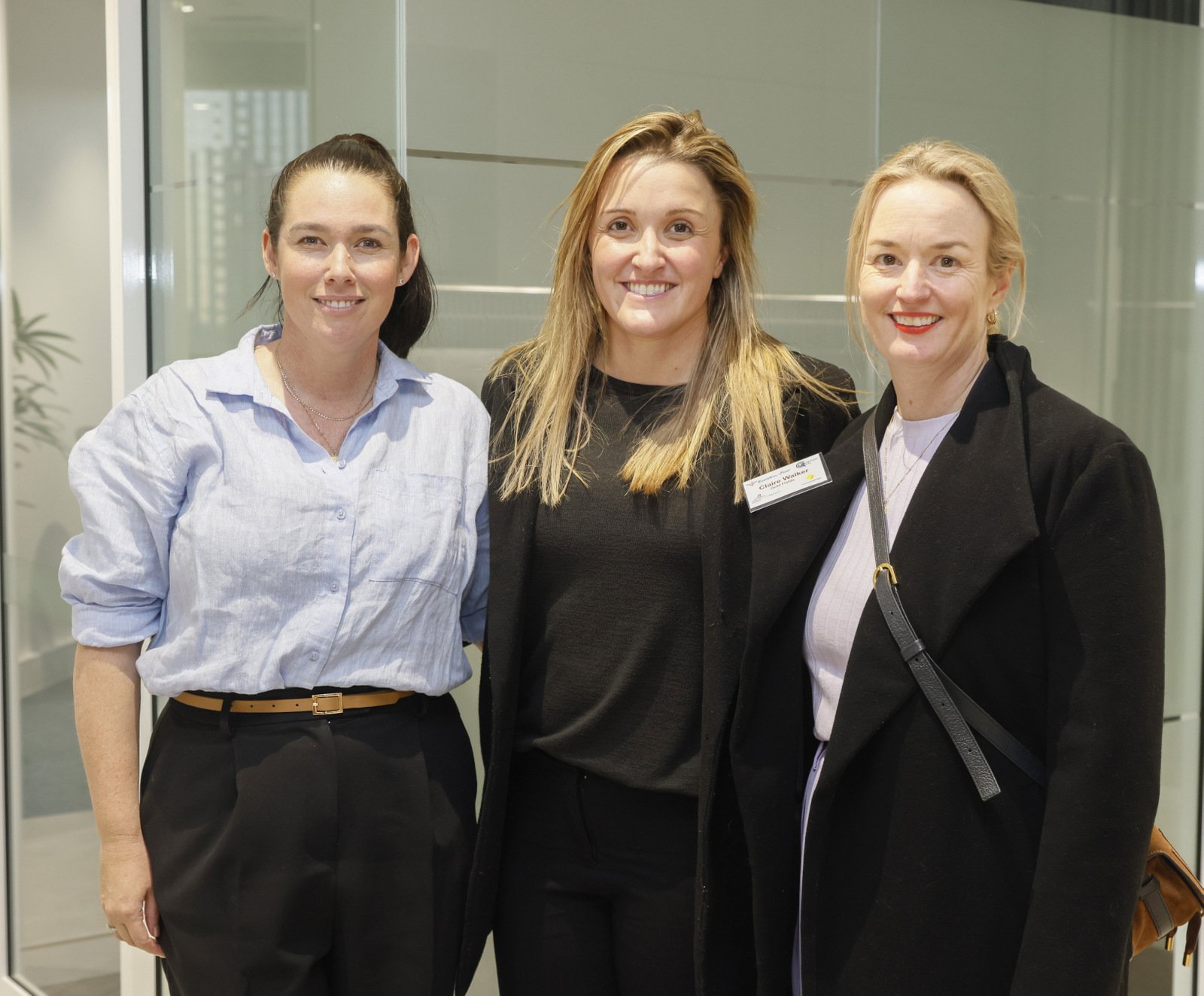
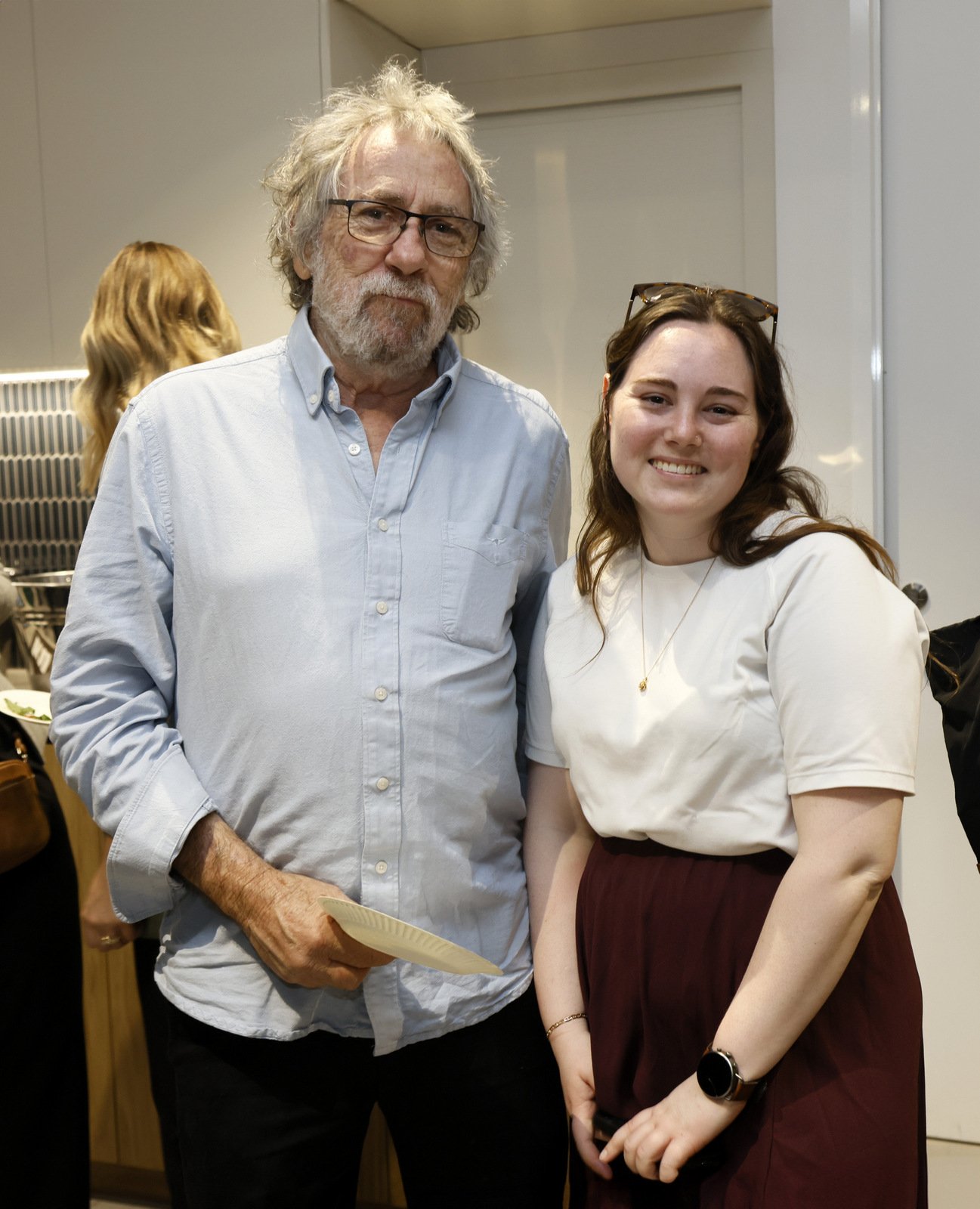
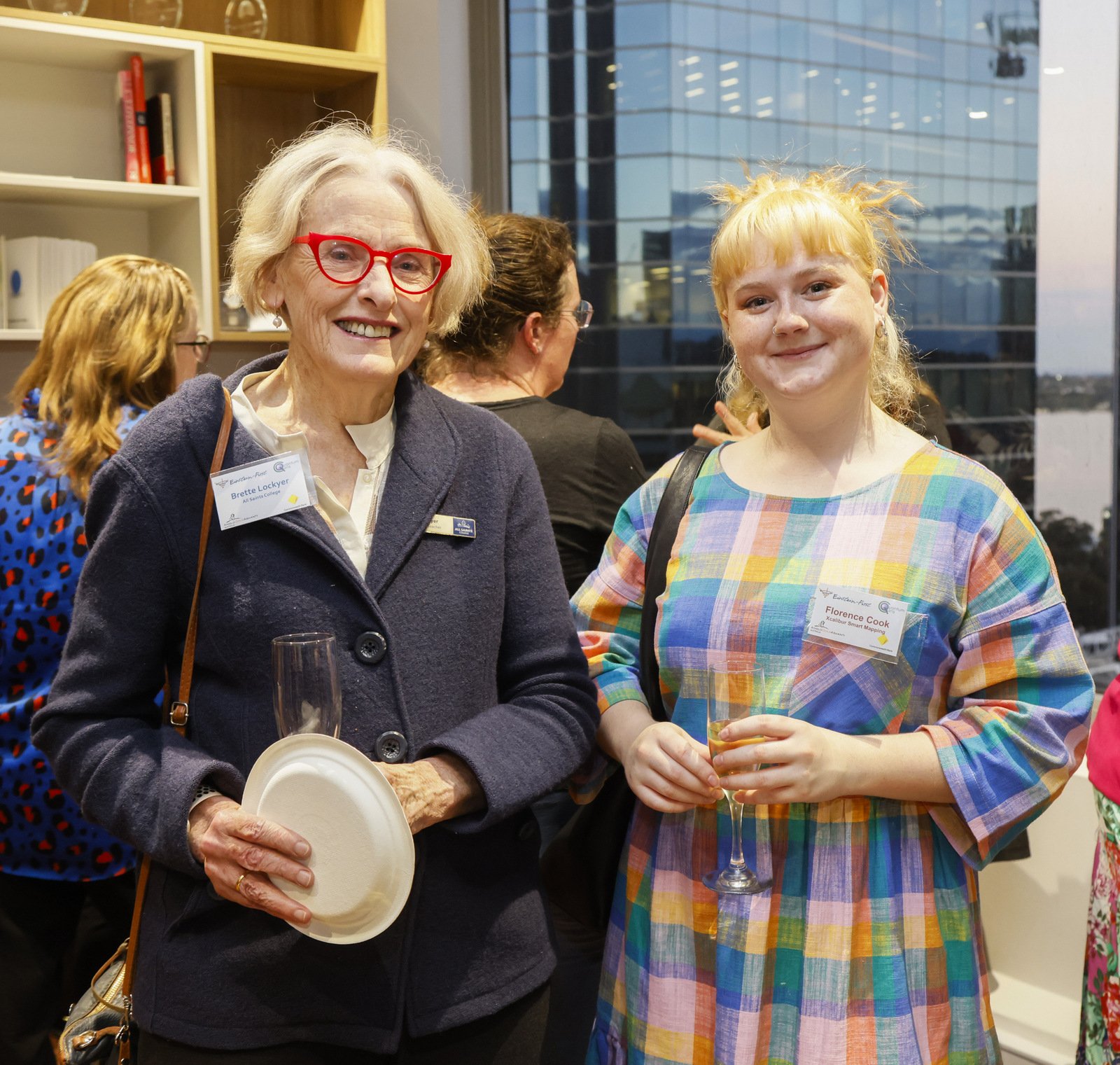
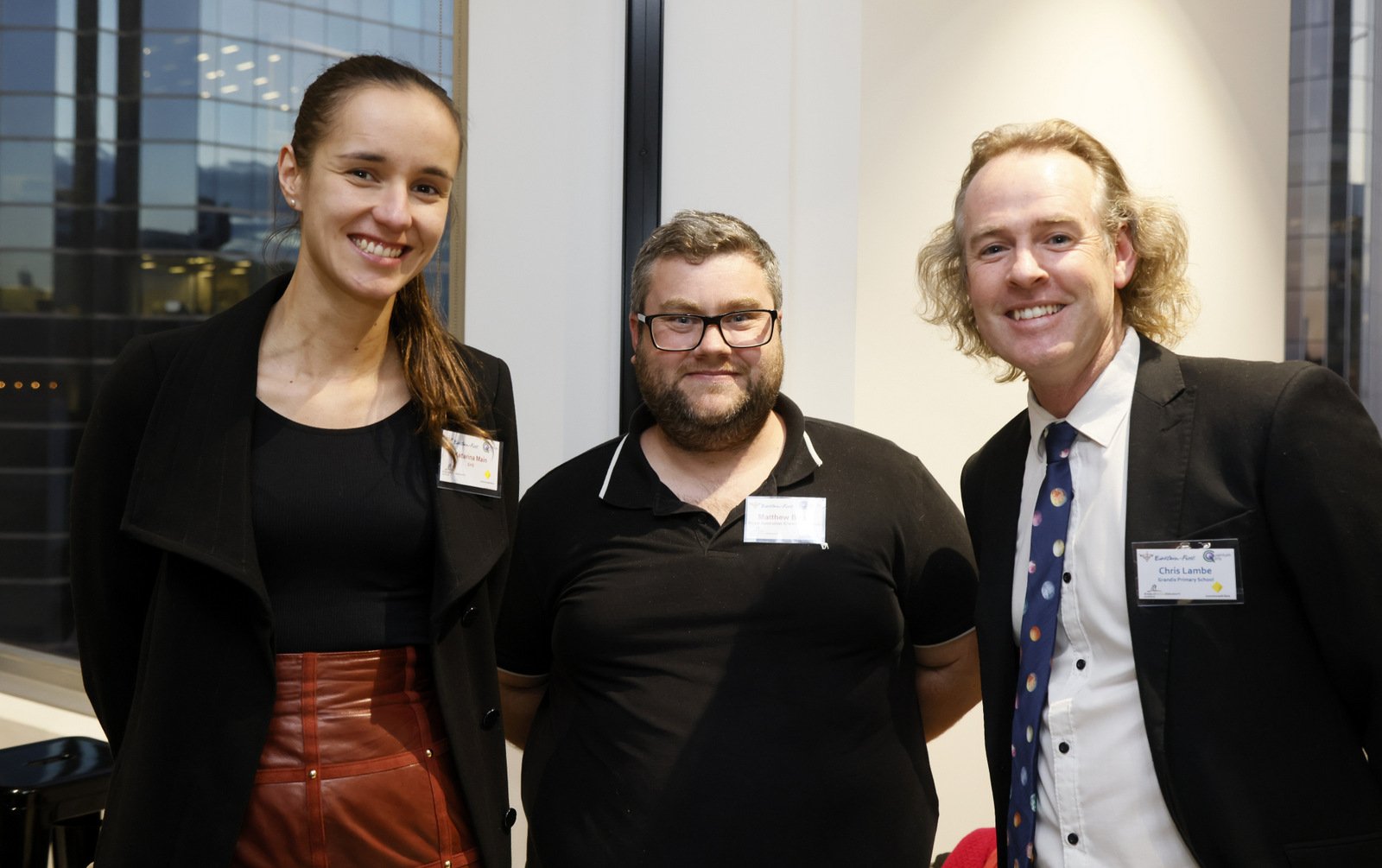


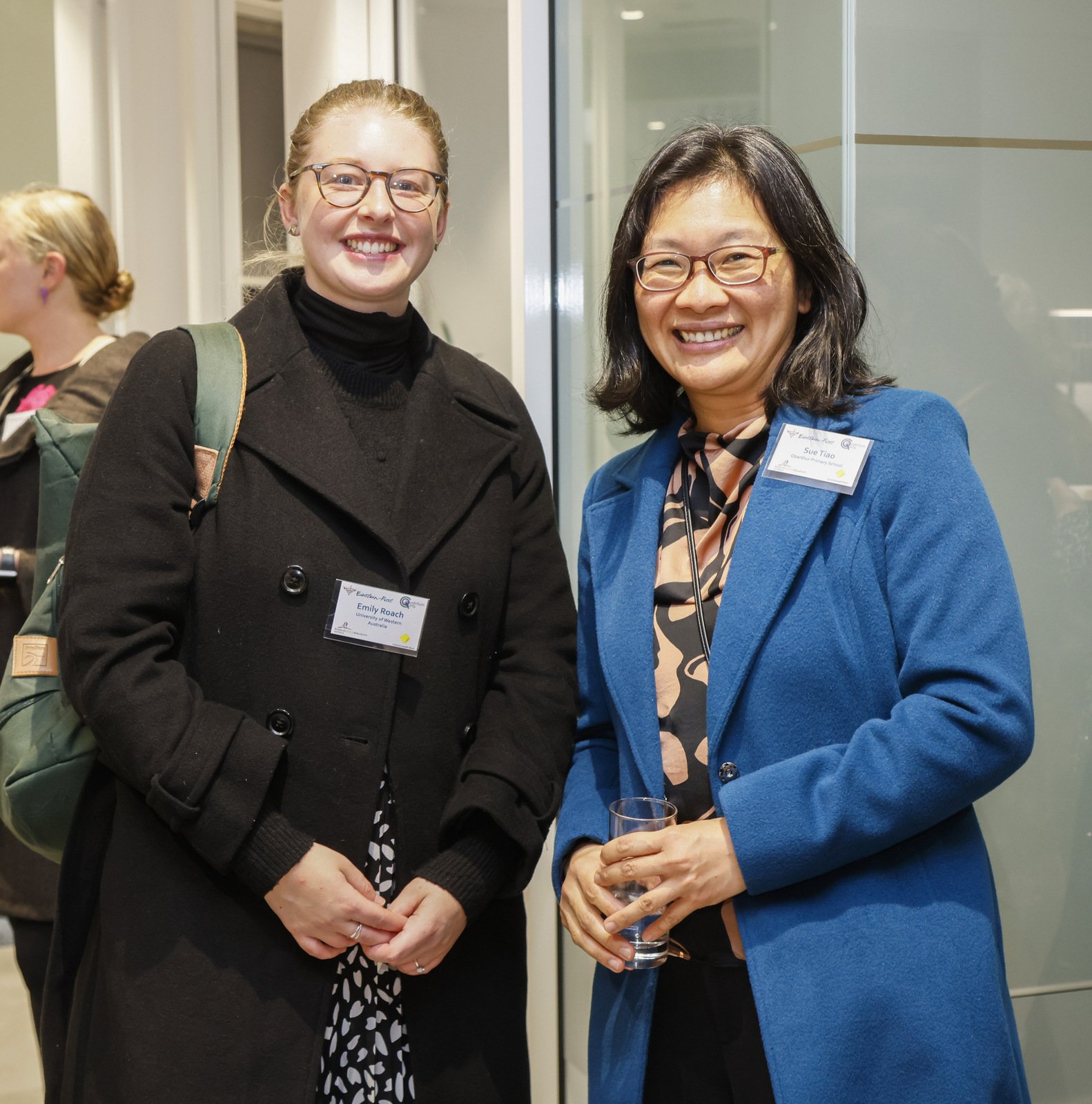



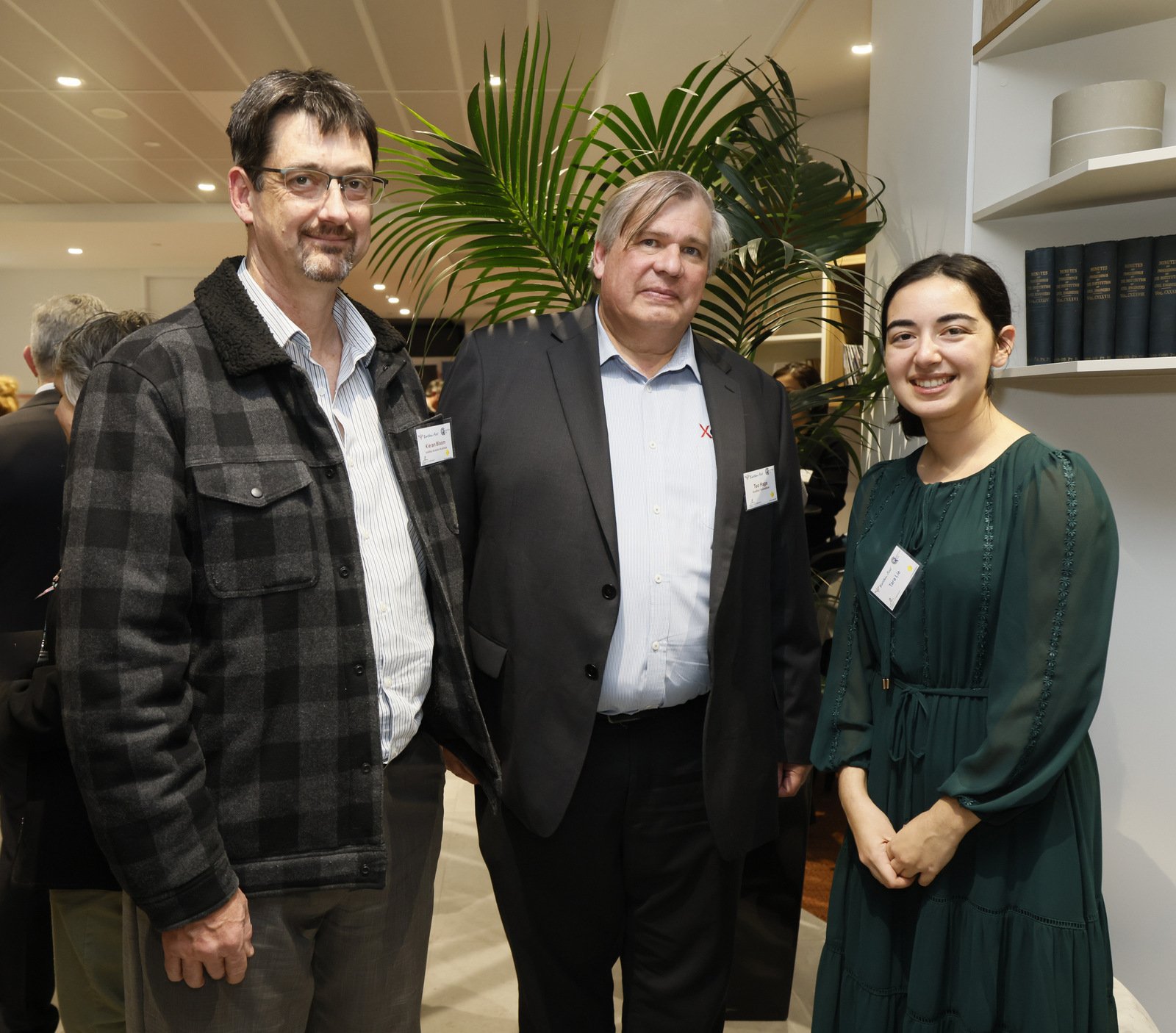

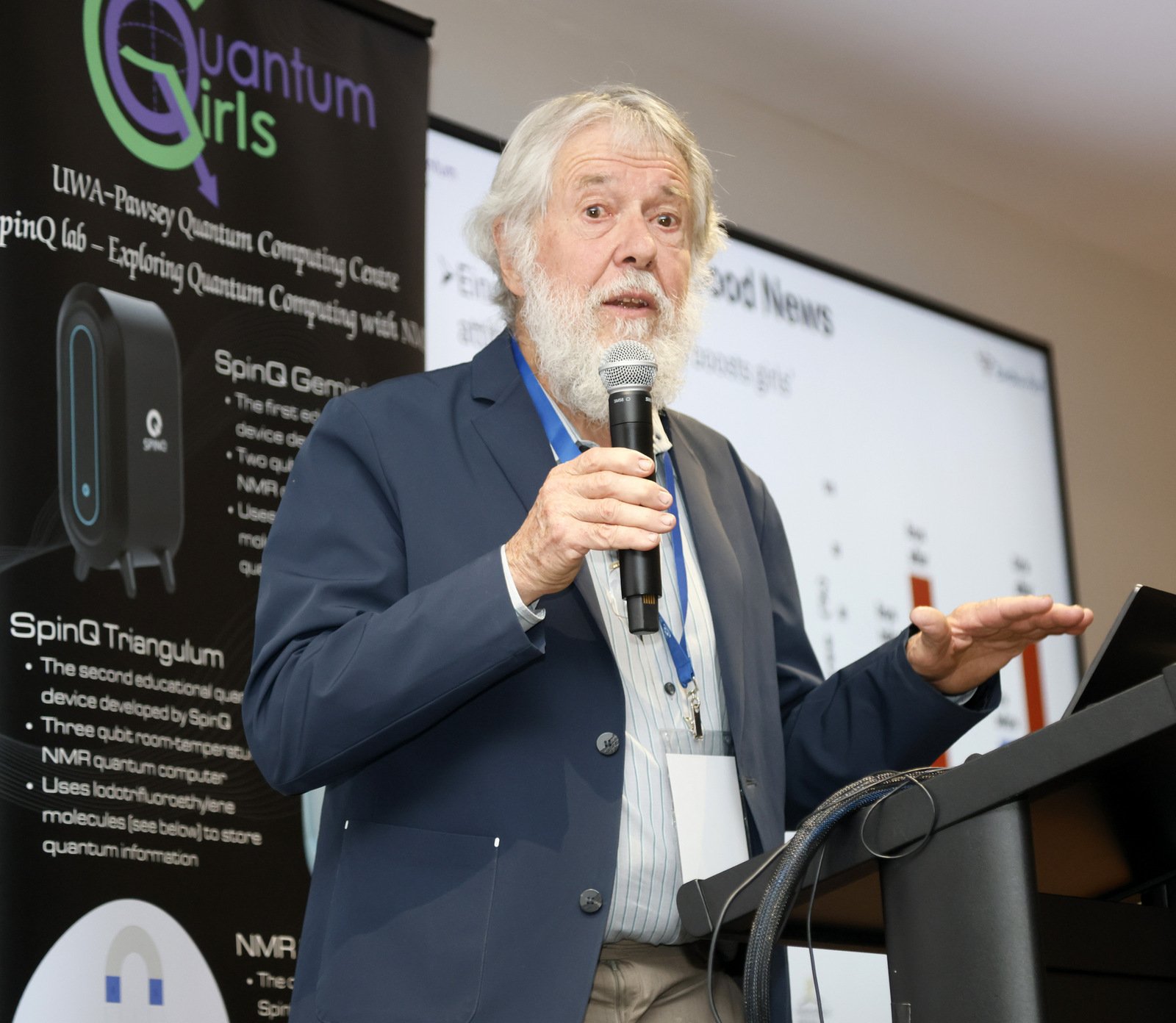
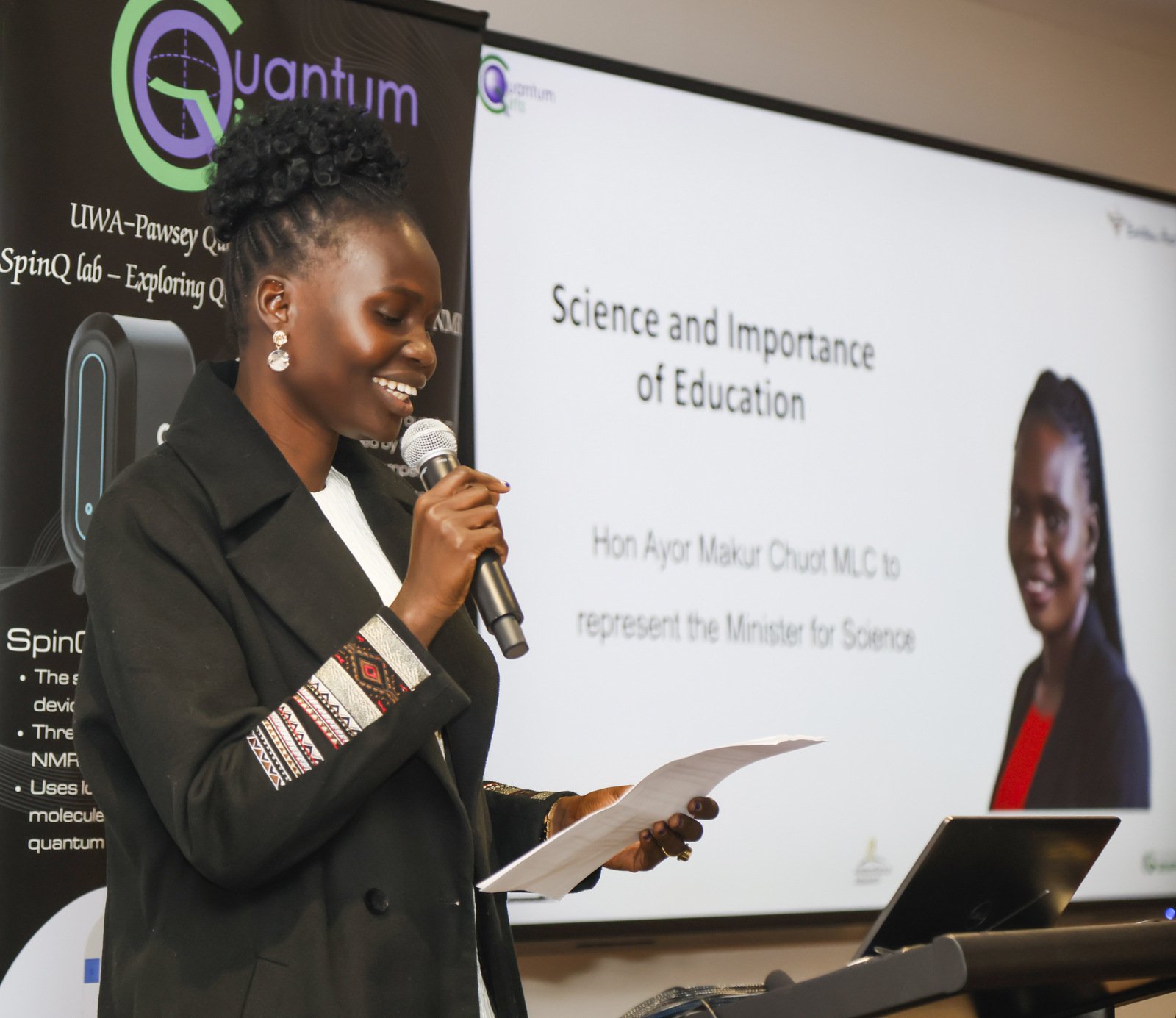
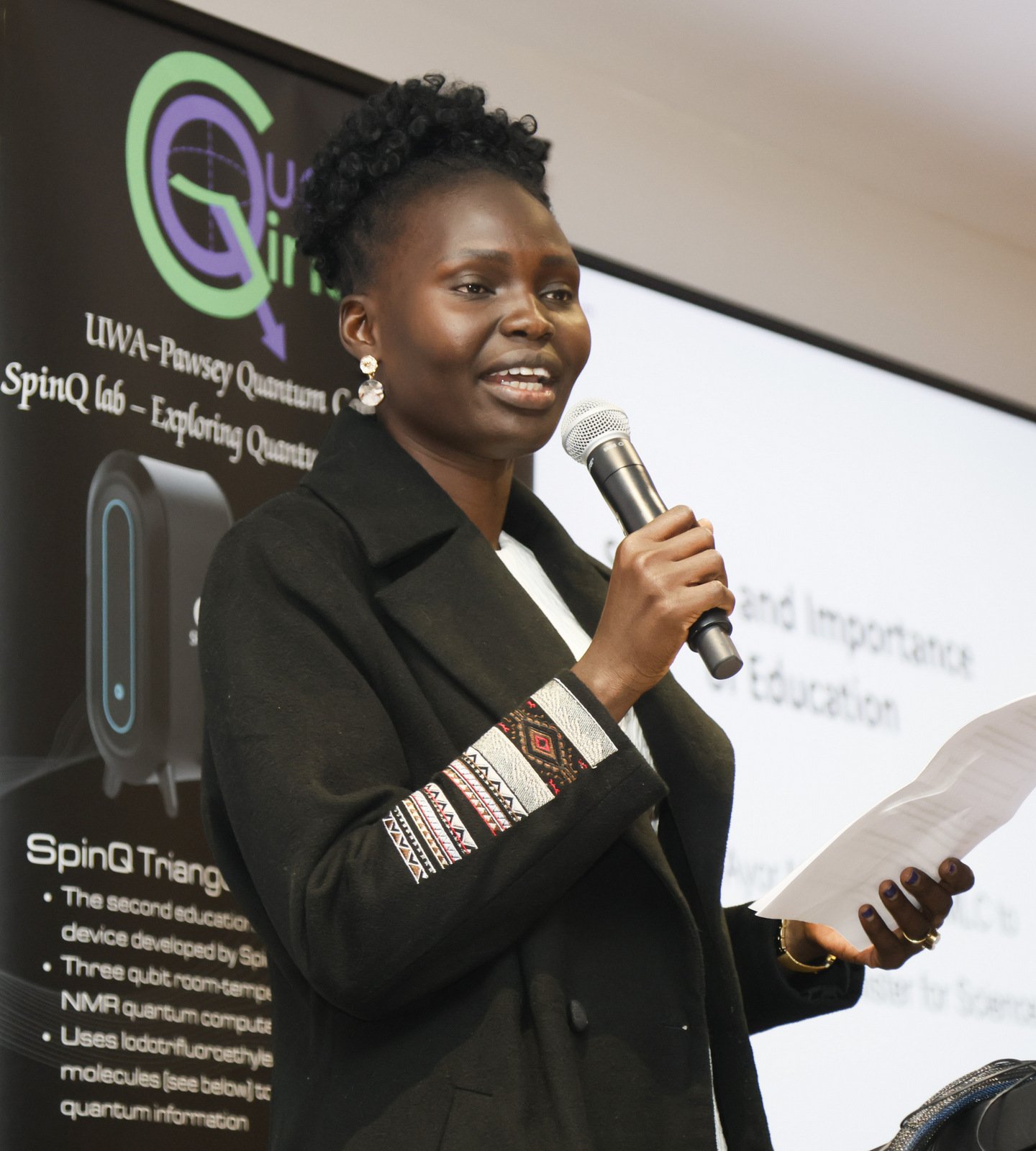

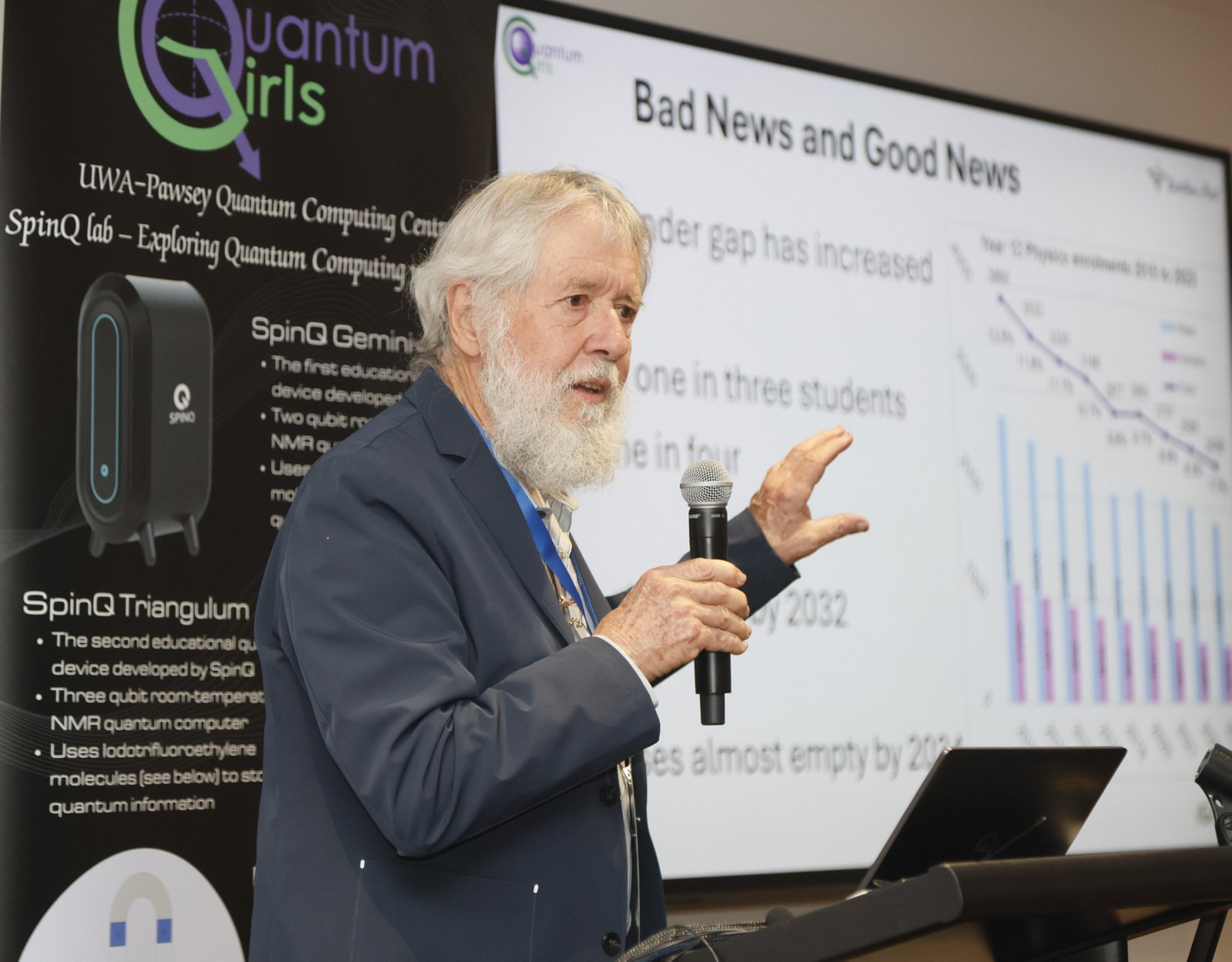
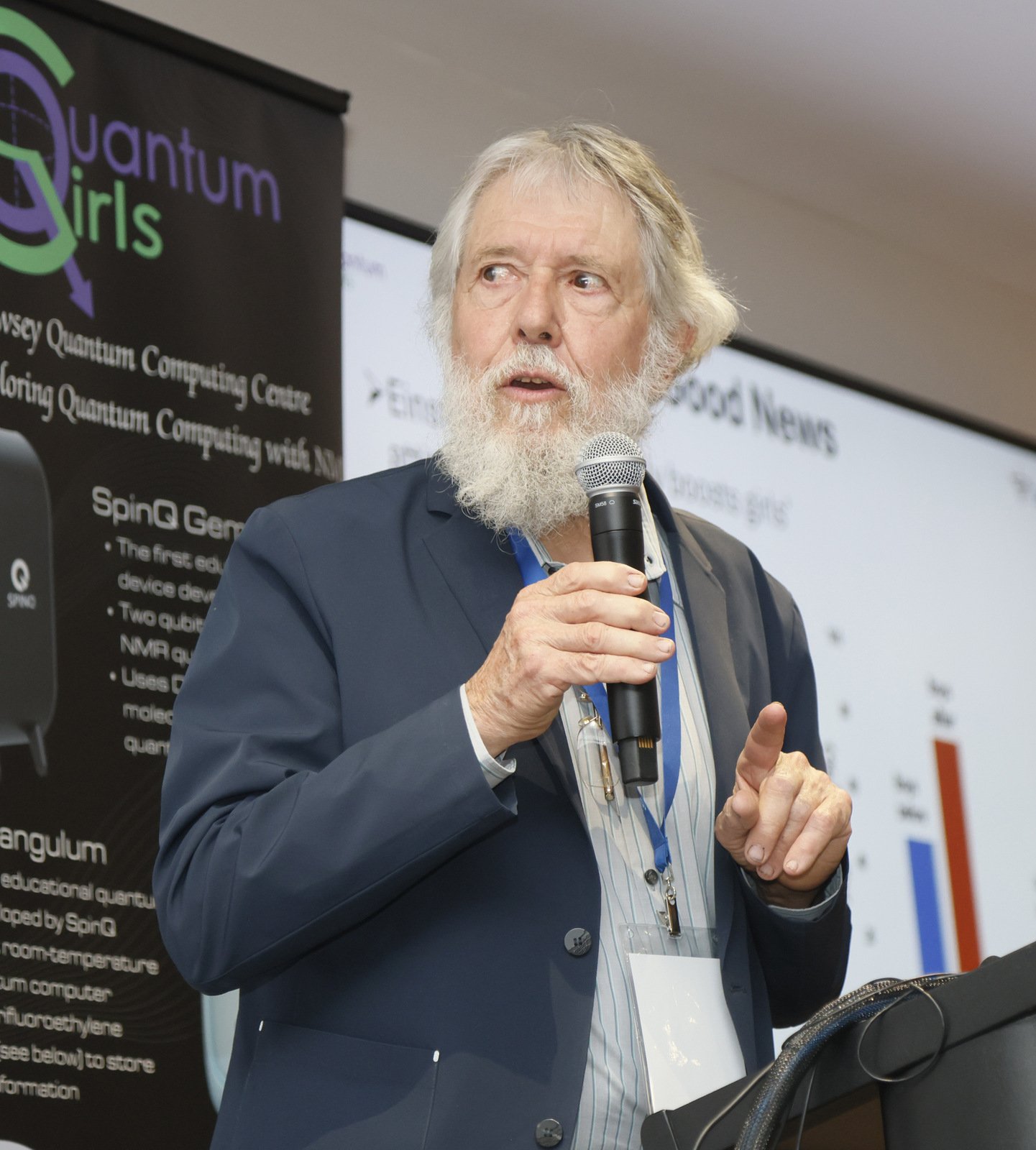



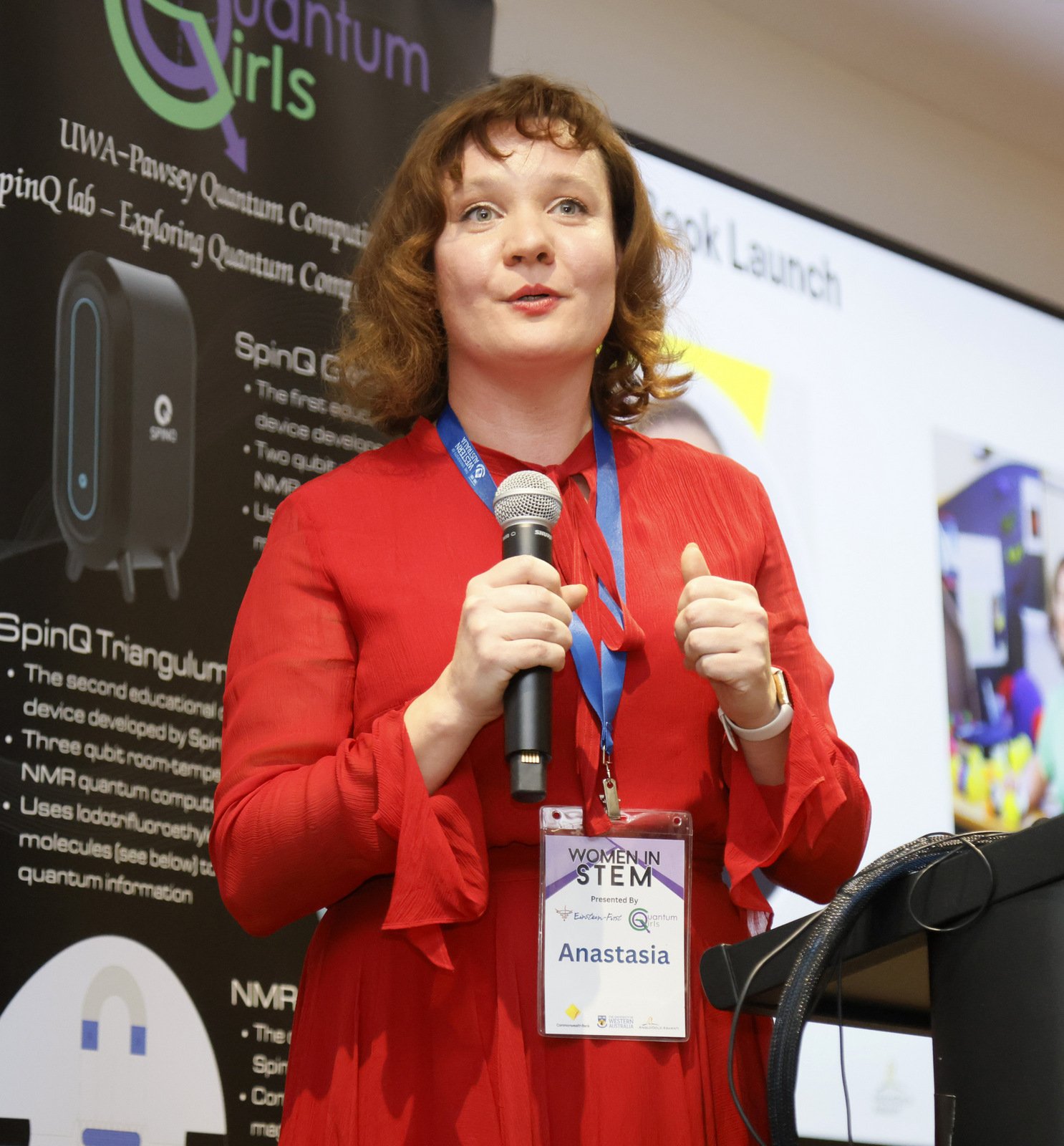
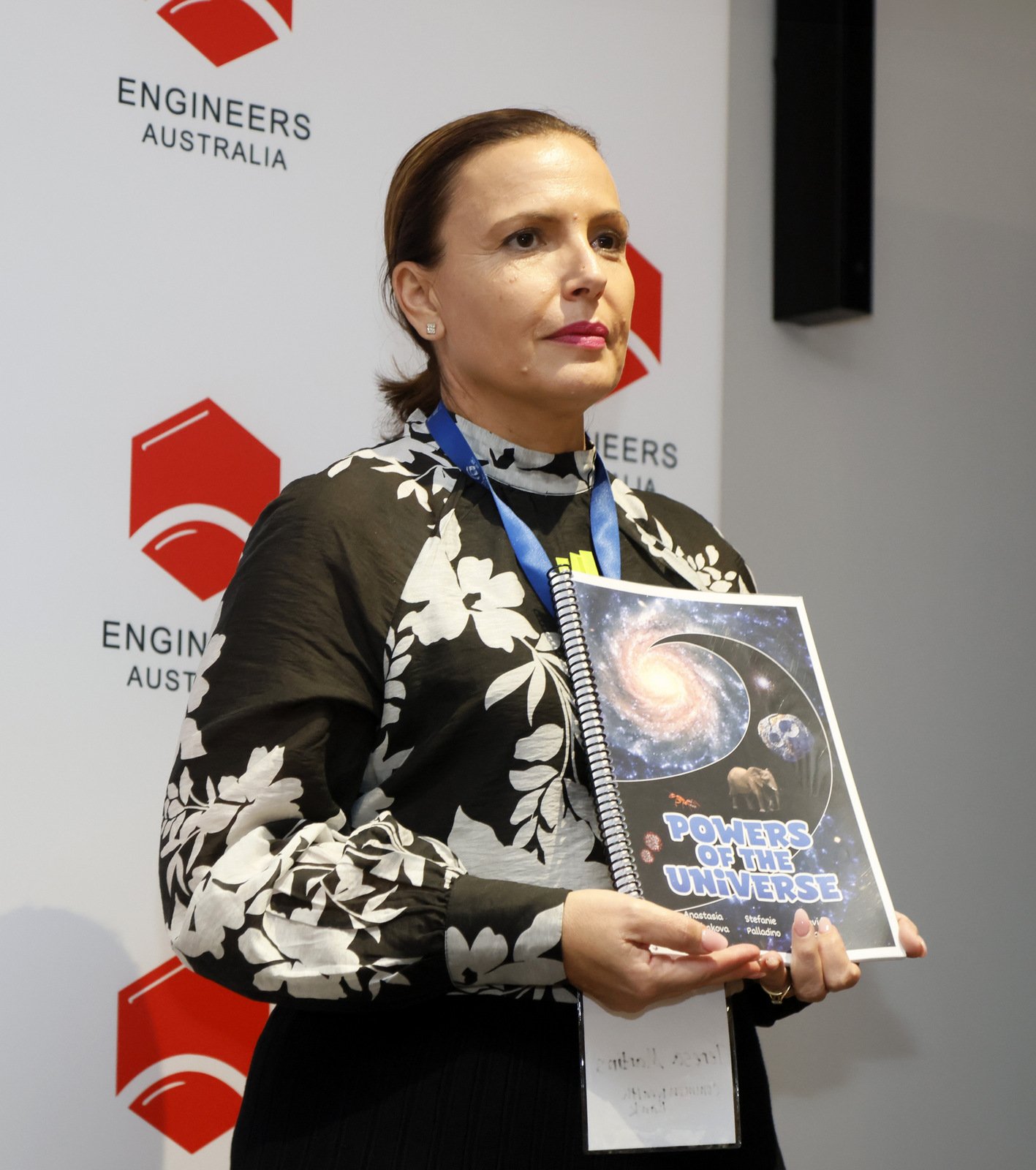
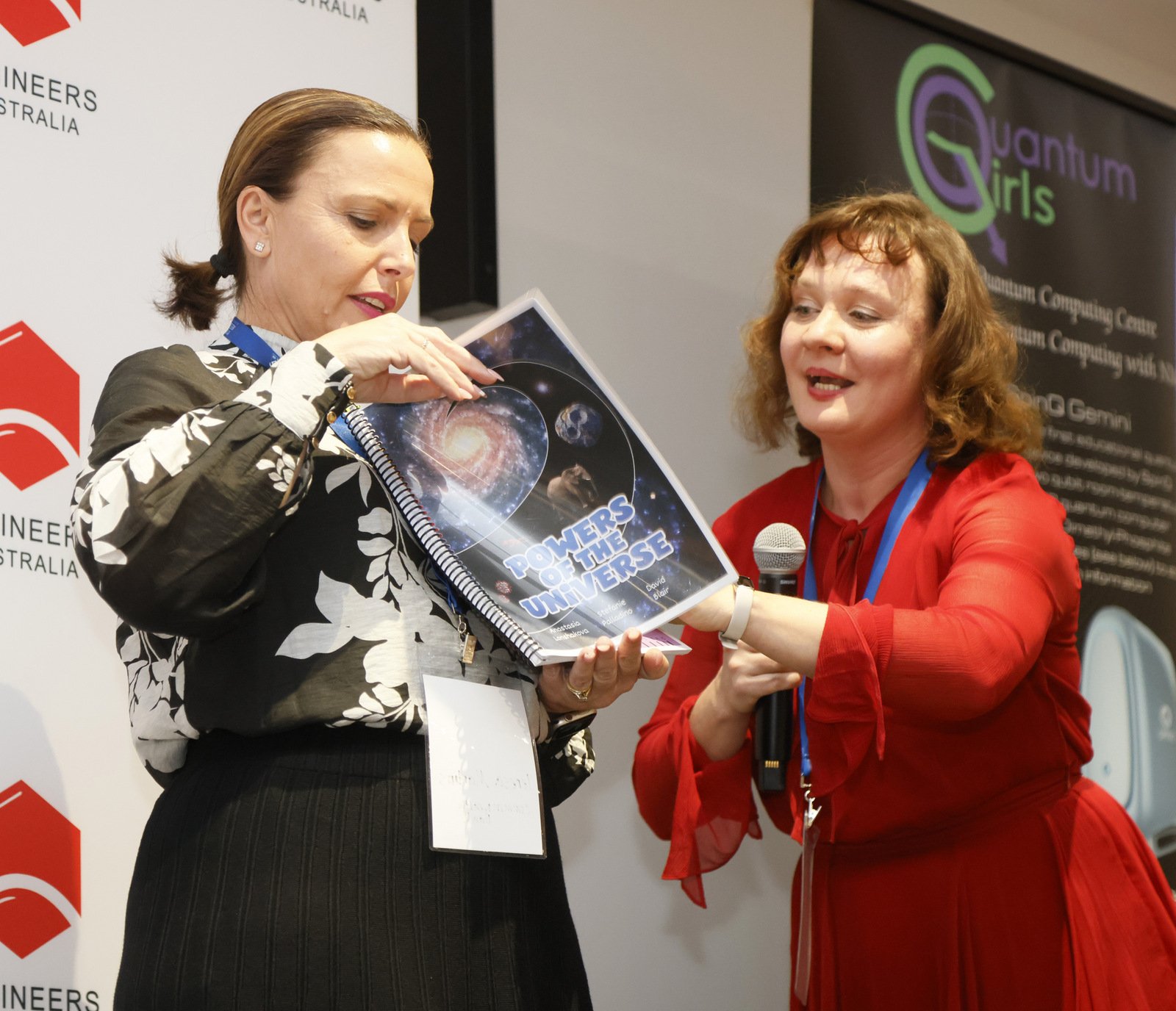

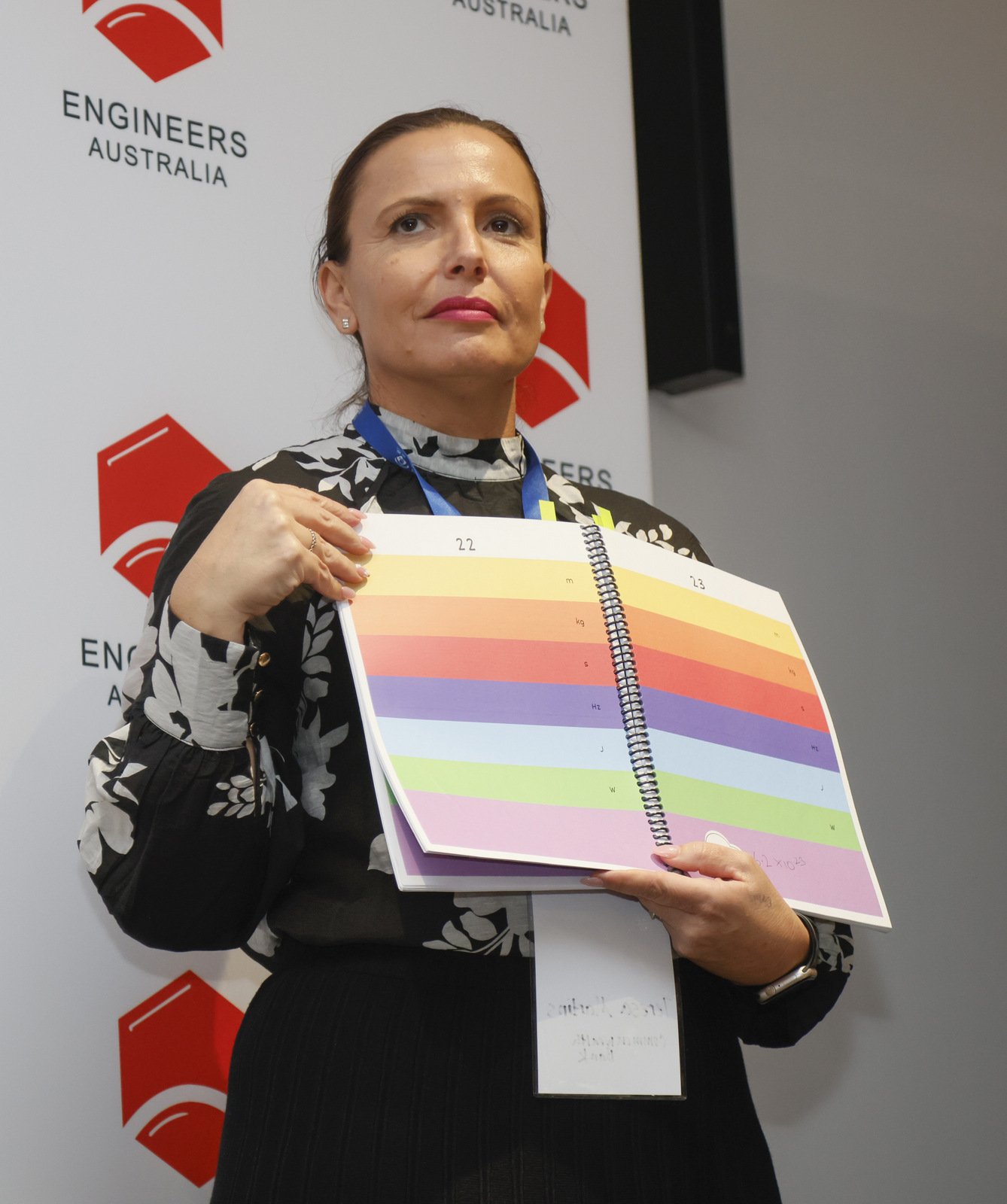

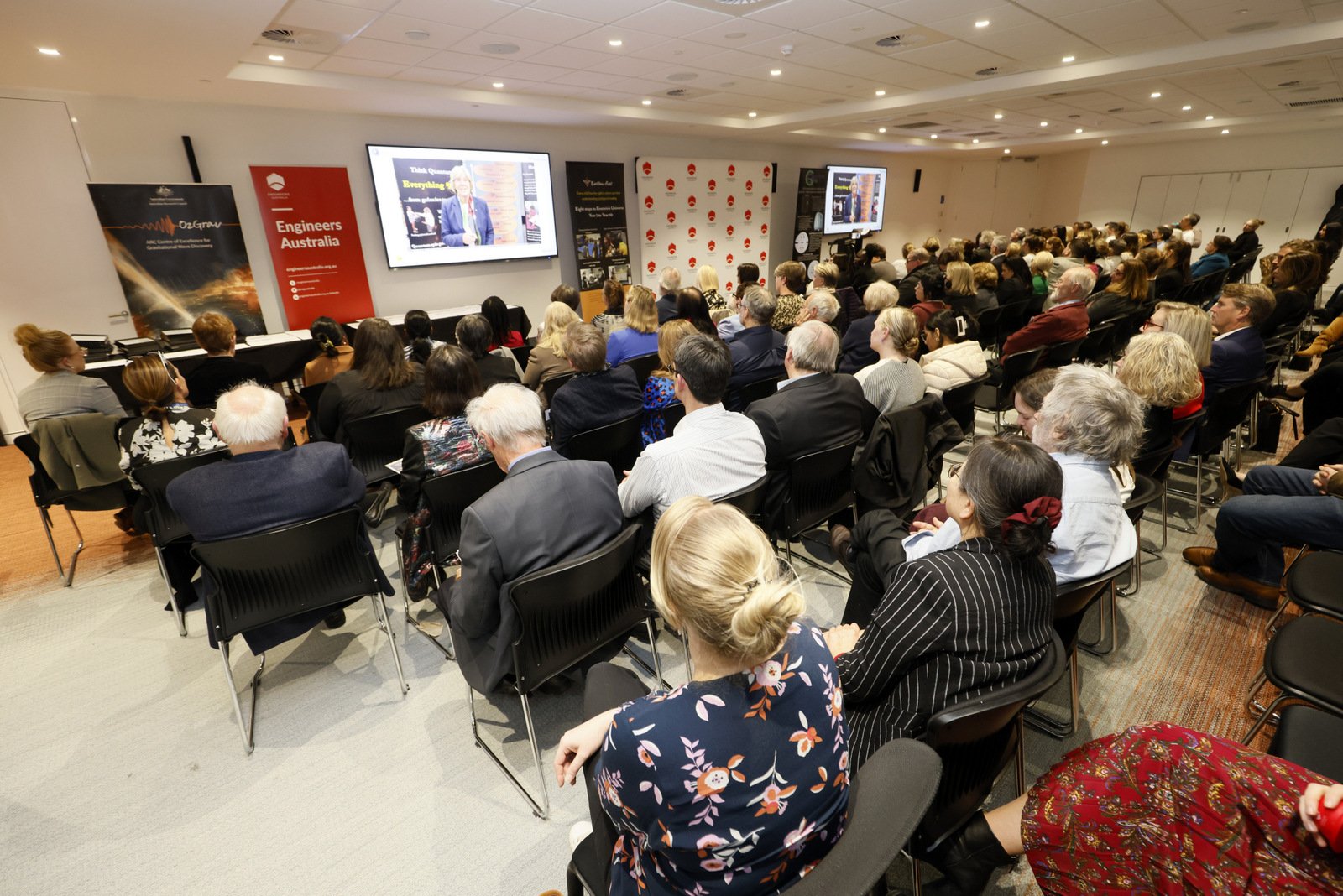


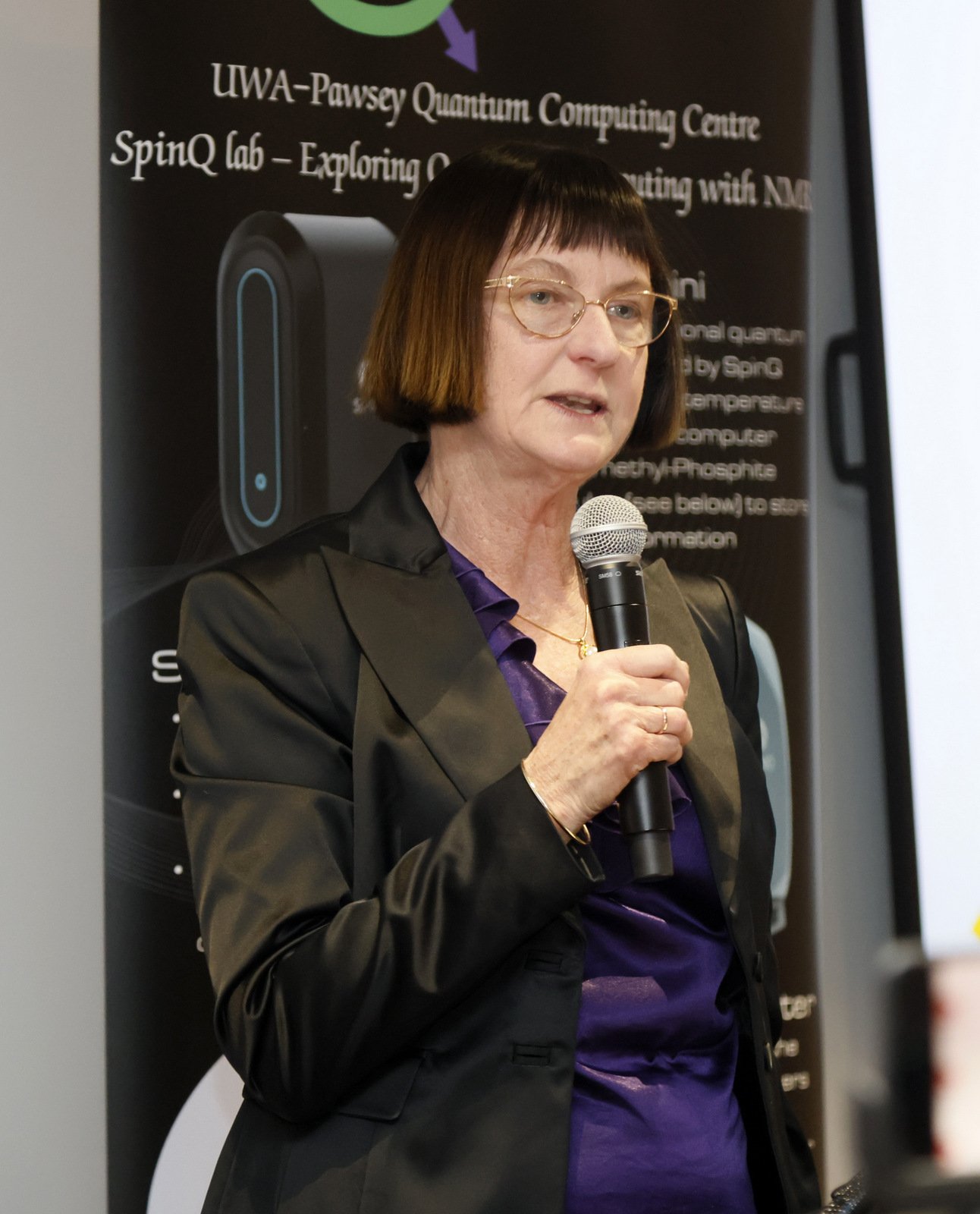
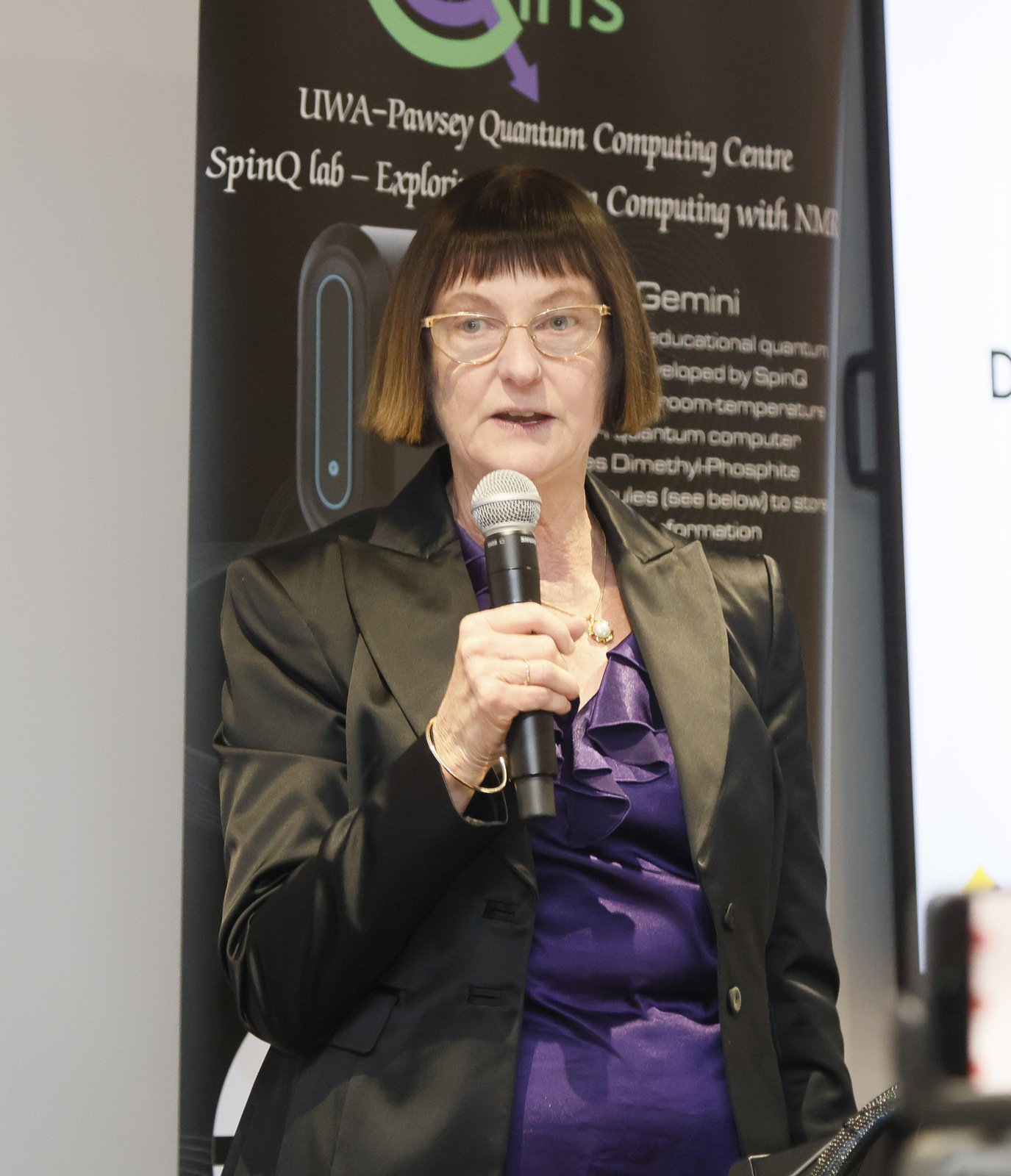

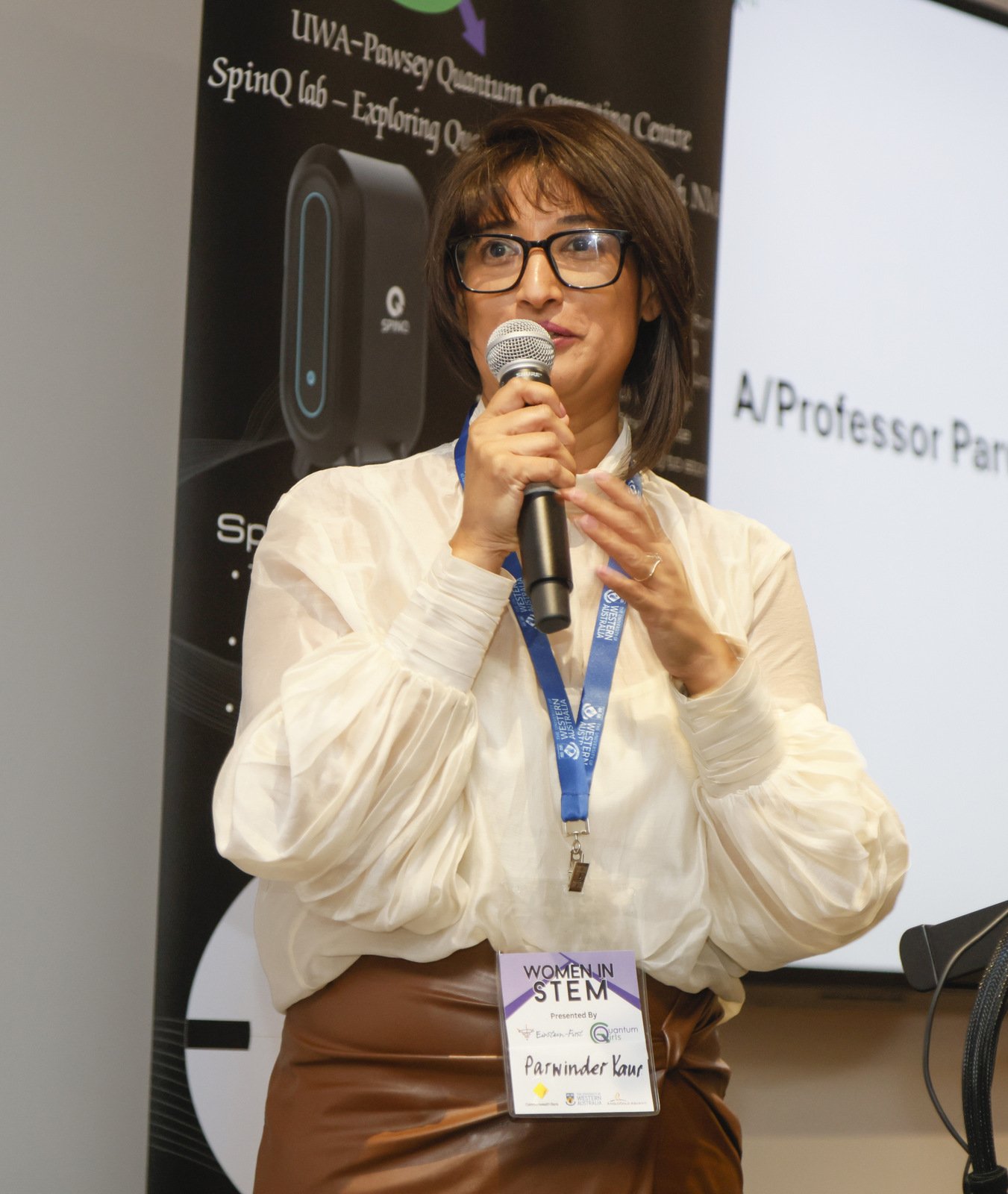


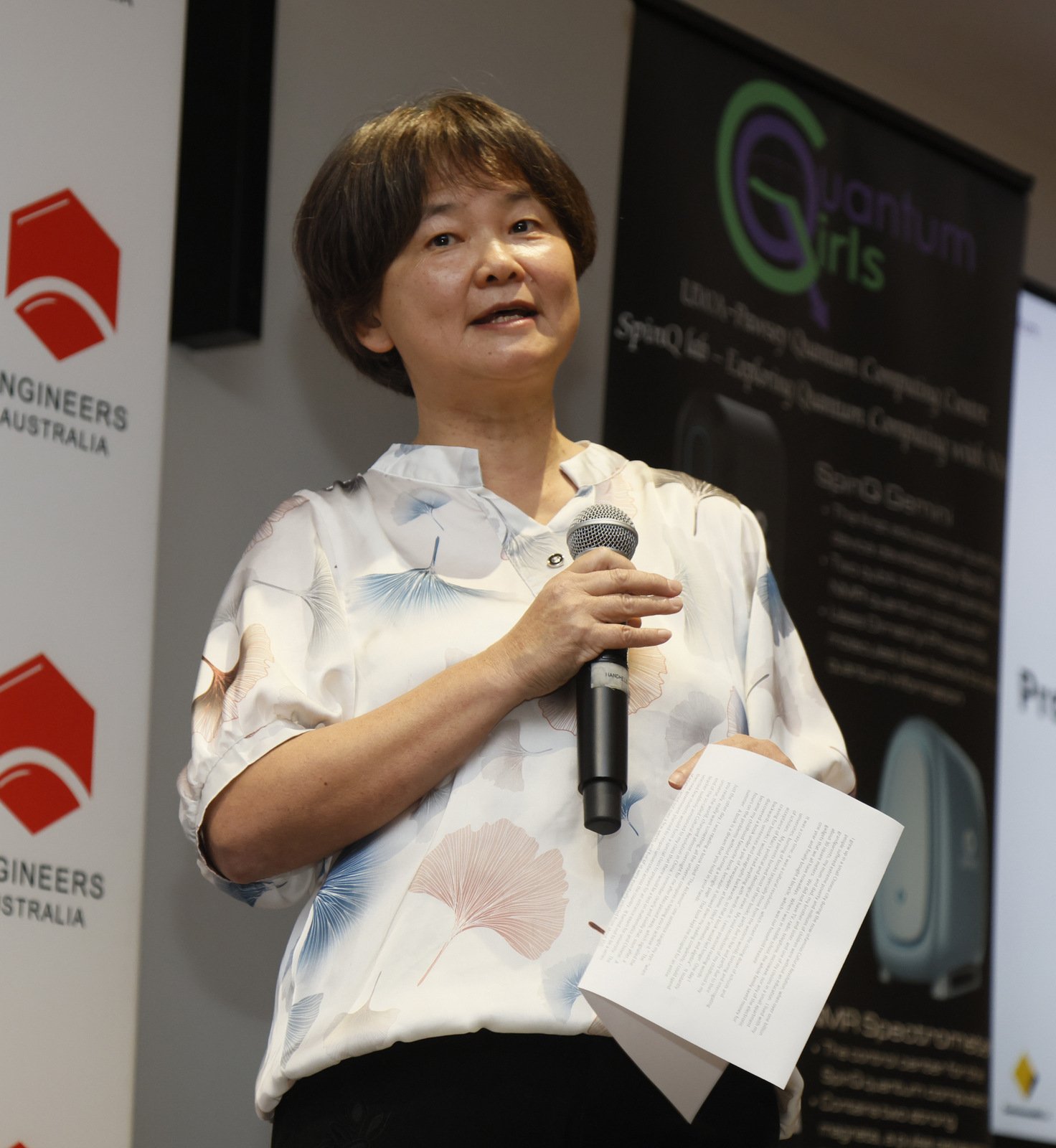
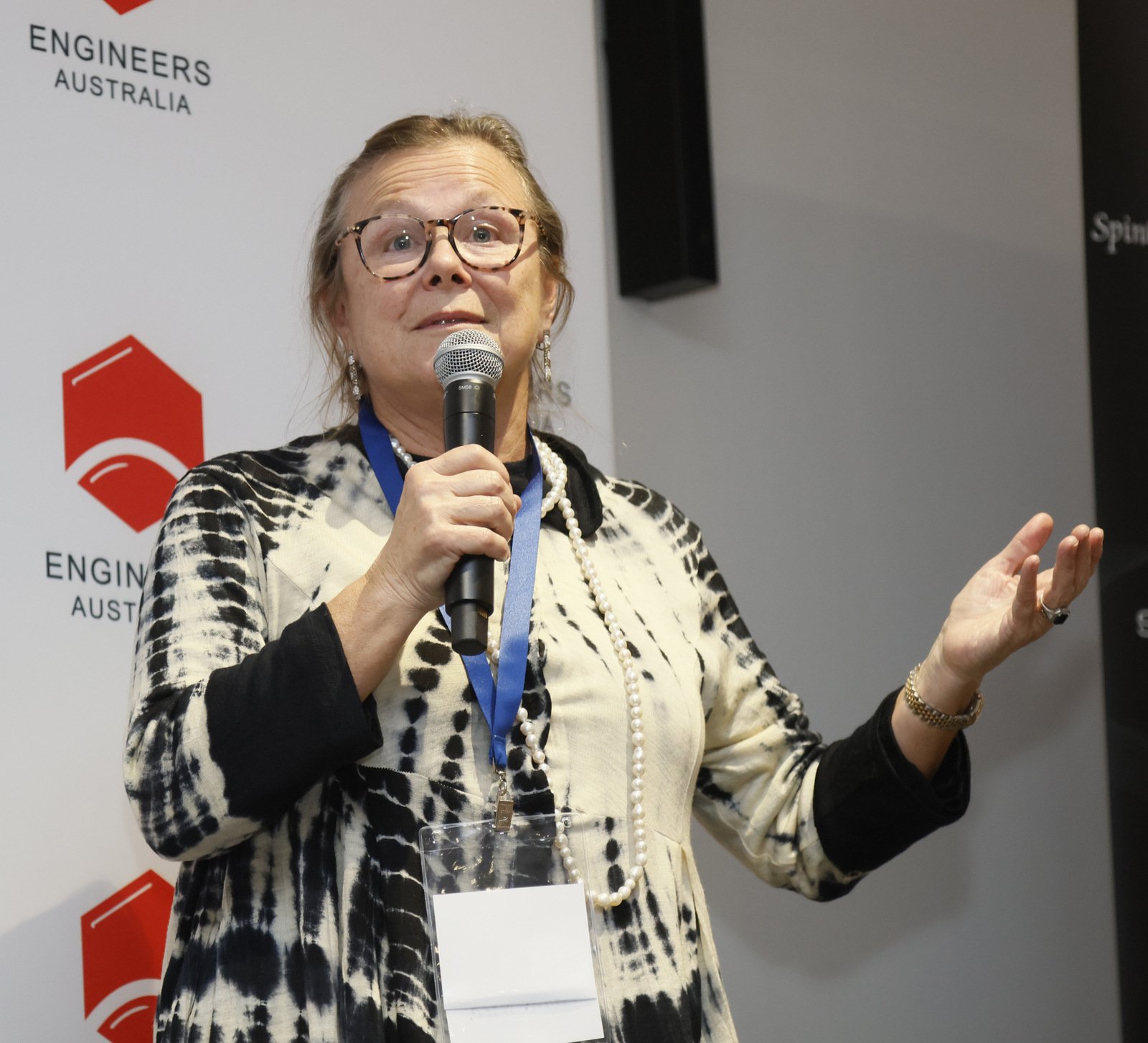





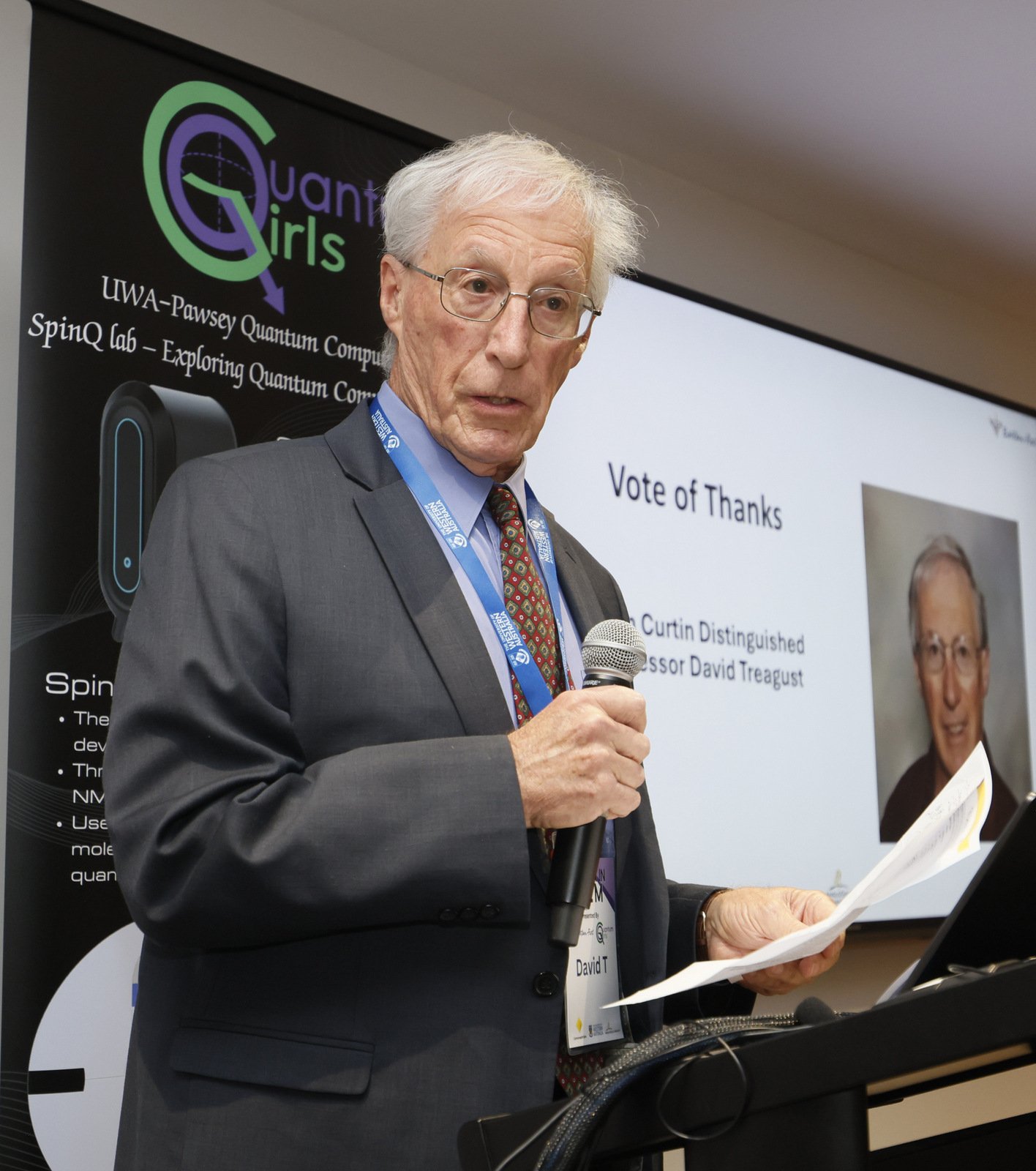










Distinguished Prof. Lyn Beazley
Neuroscientist, officer of the order of Australia and 2015 West Australian of the year.